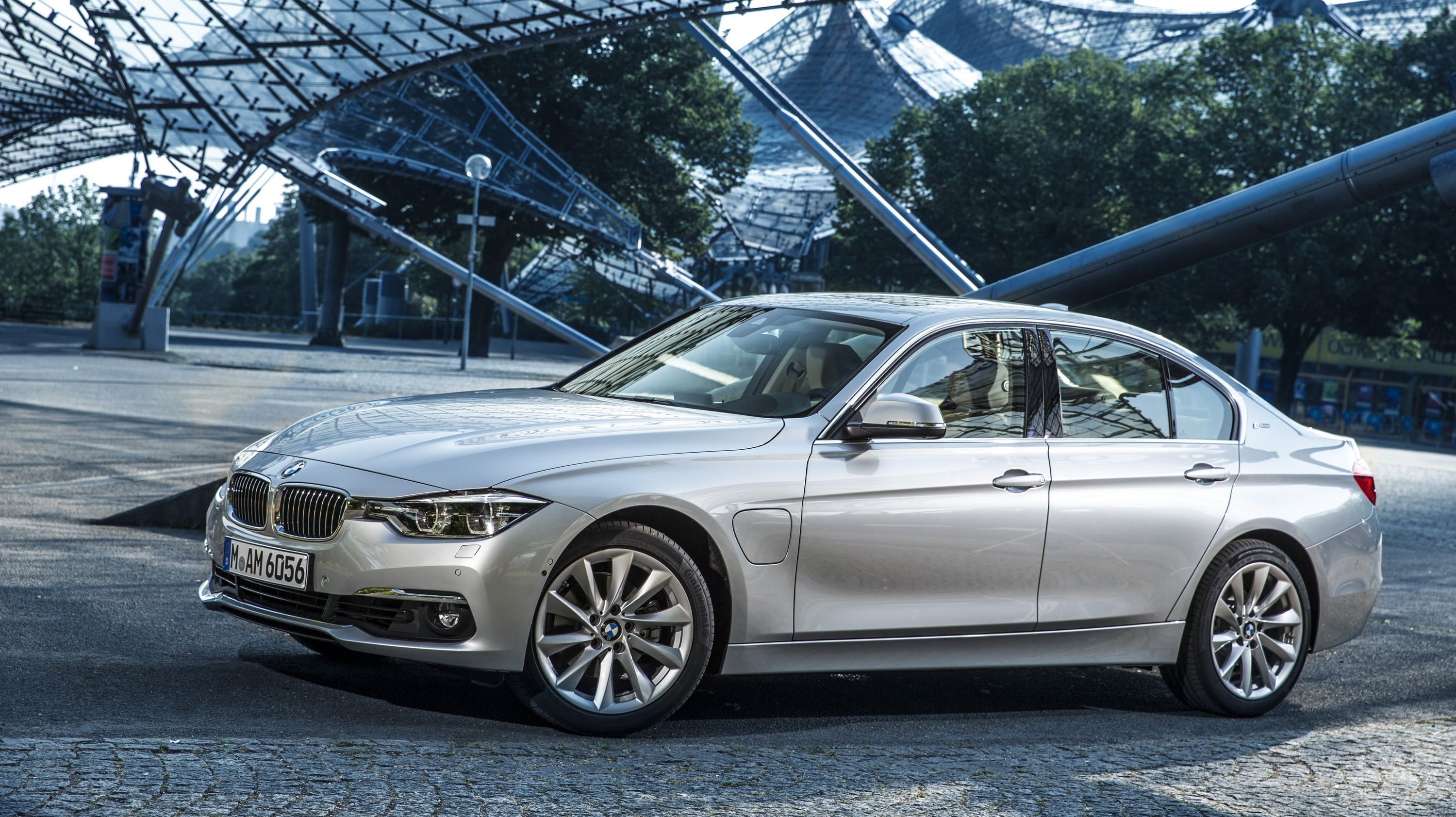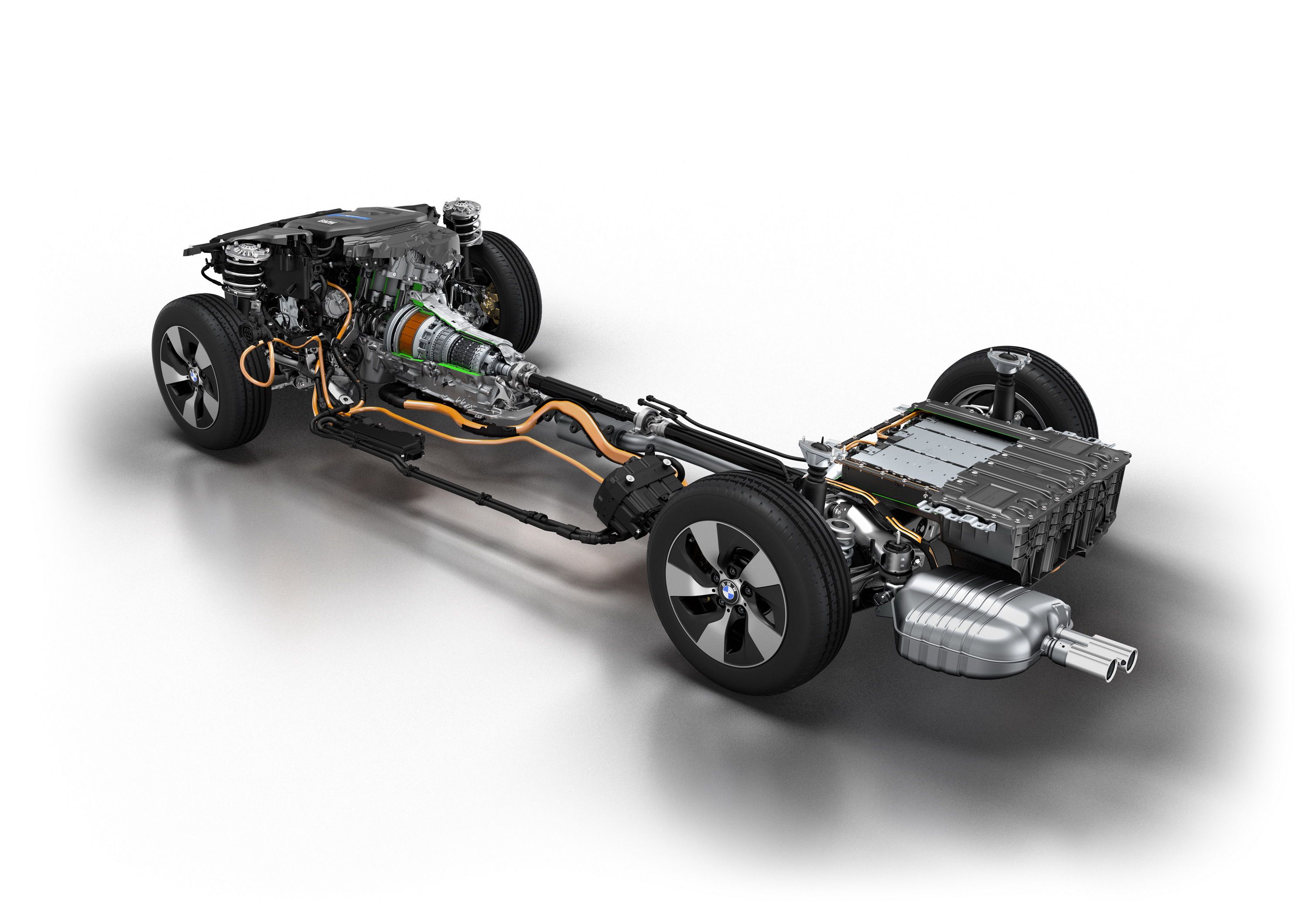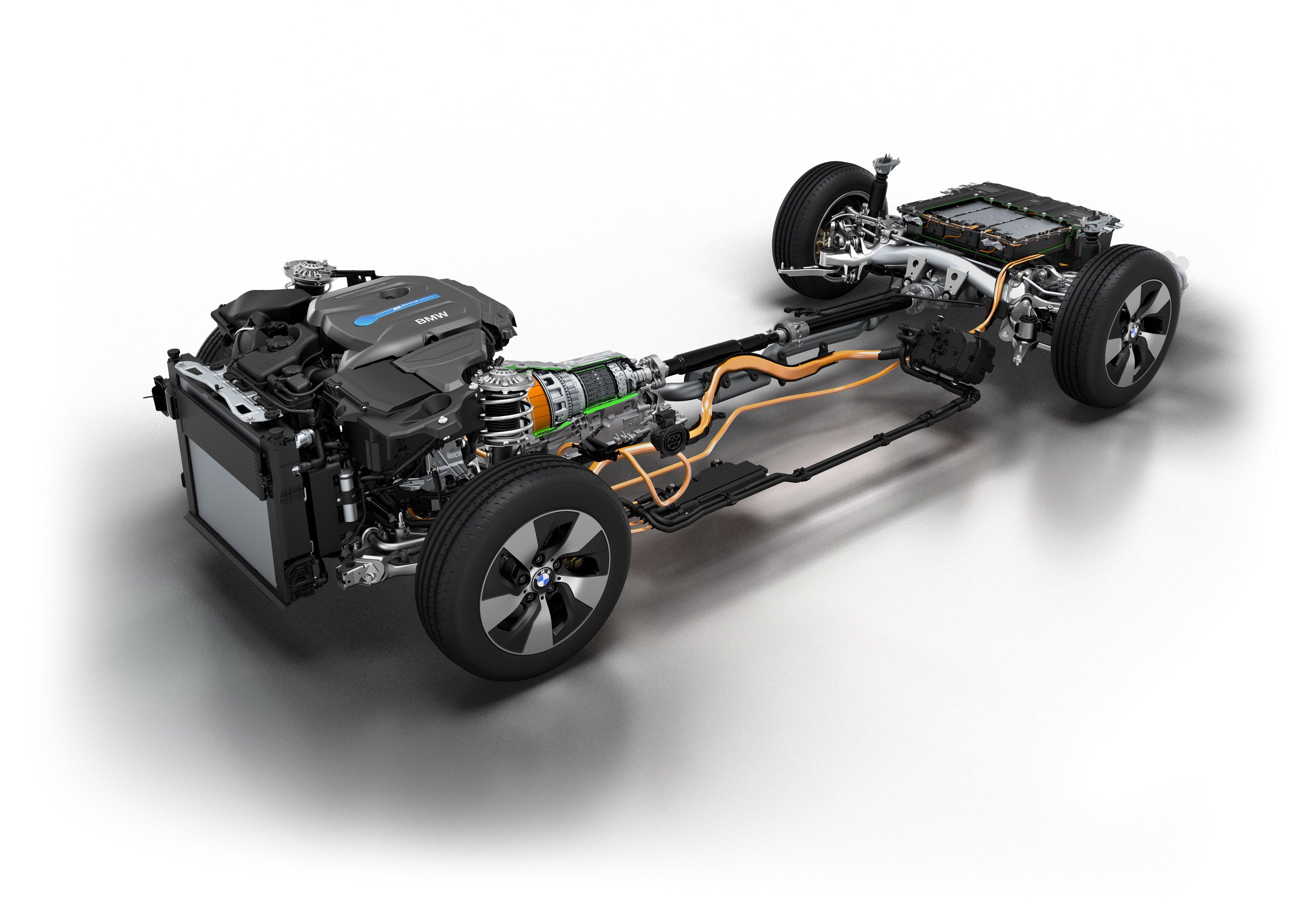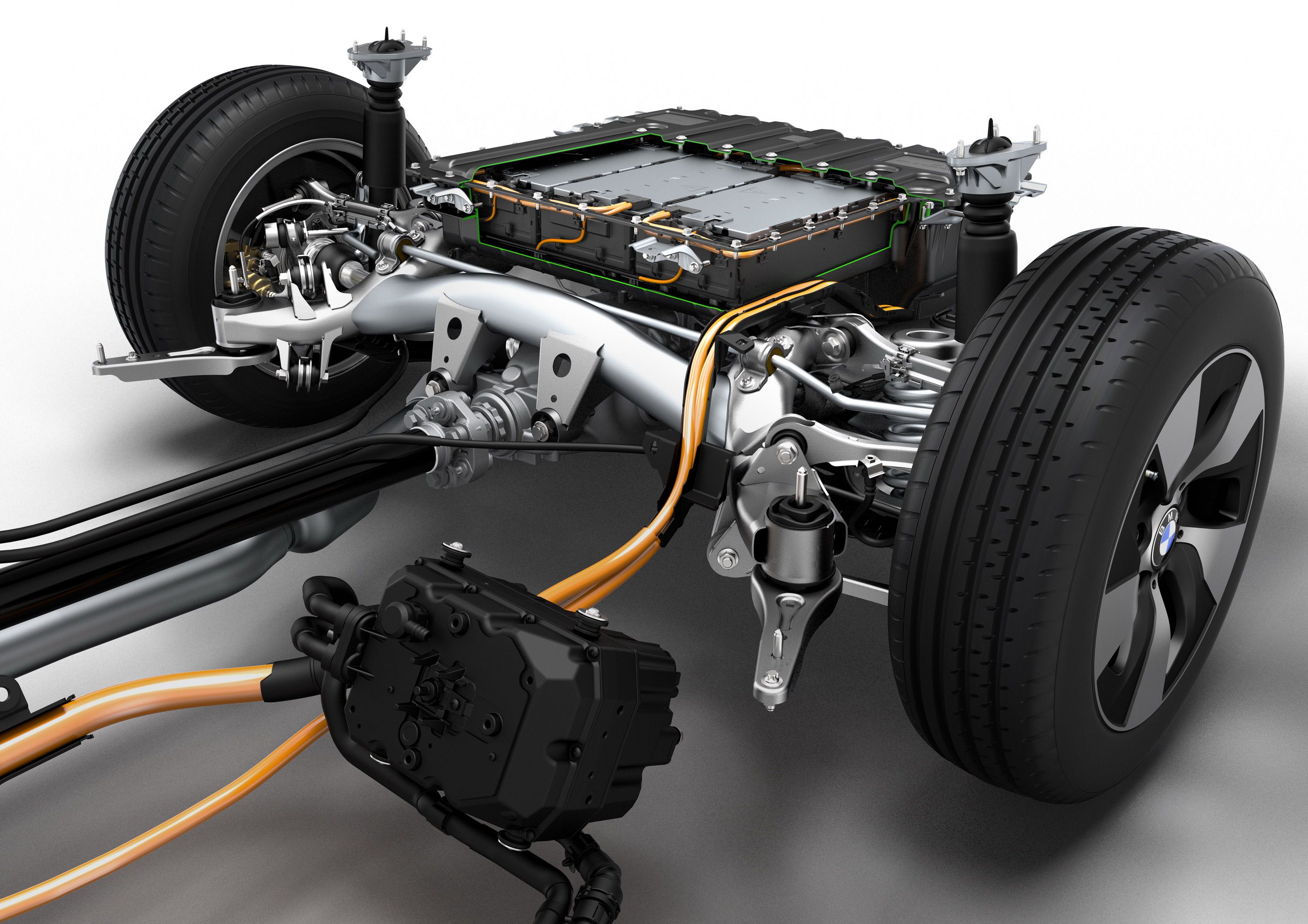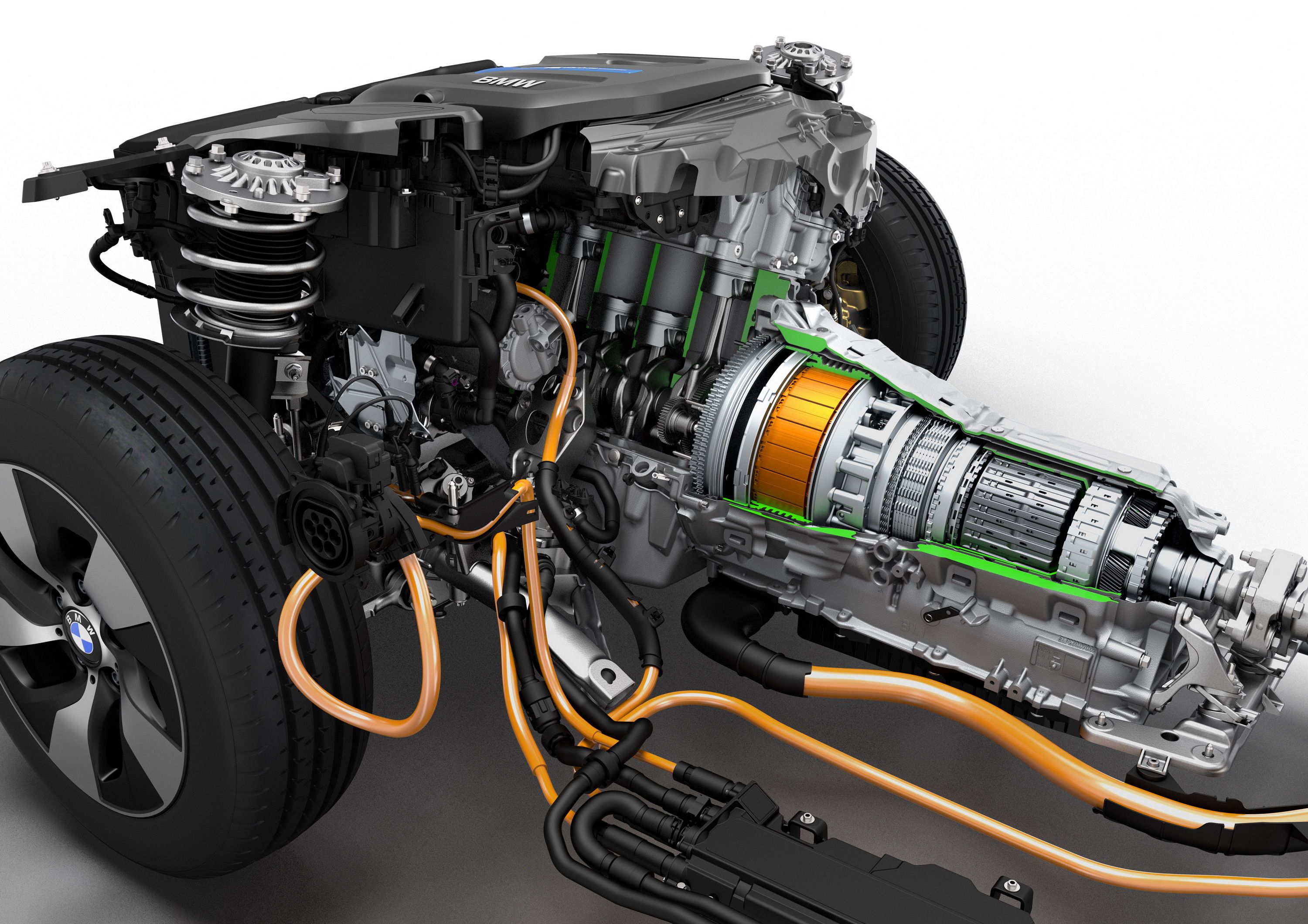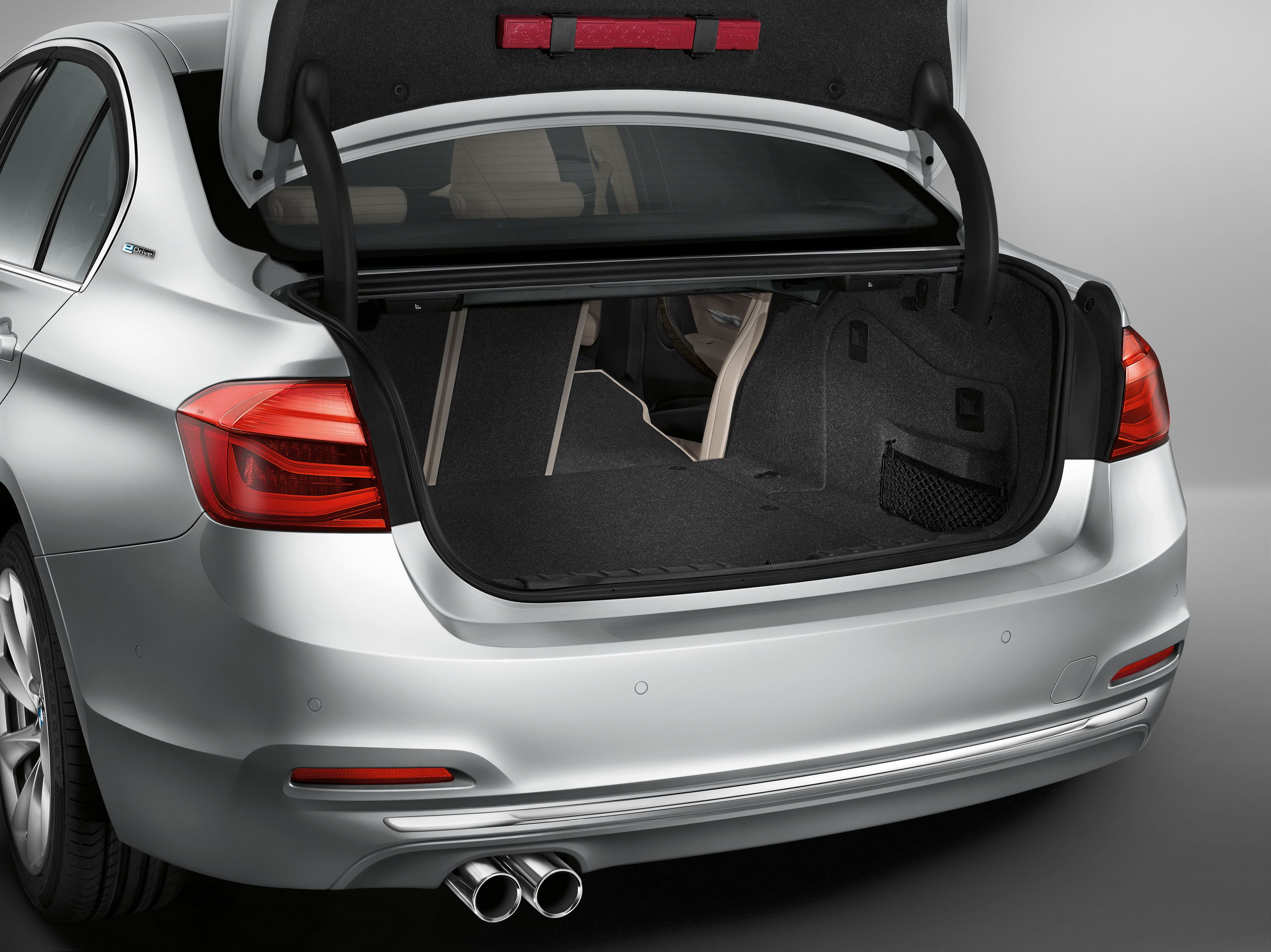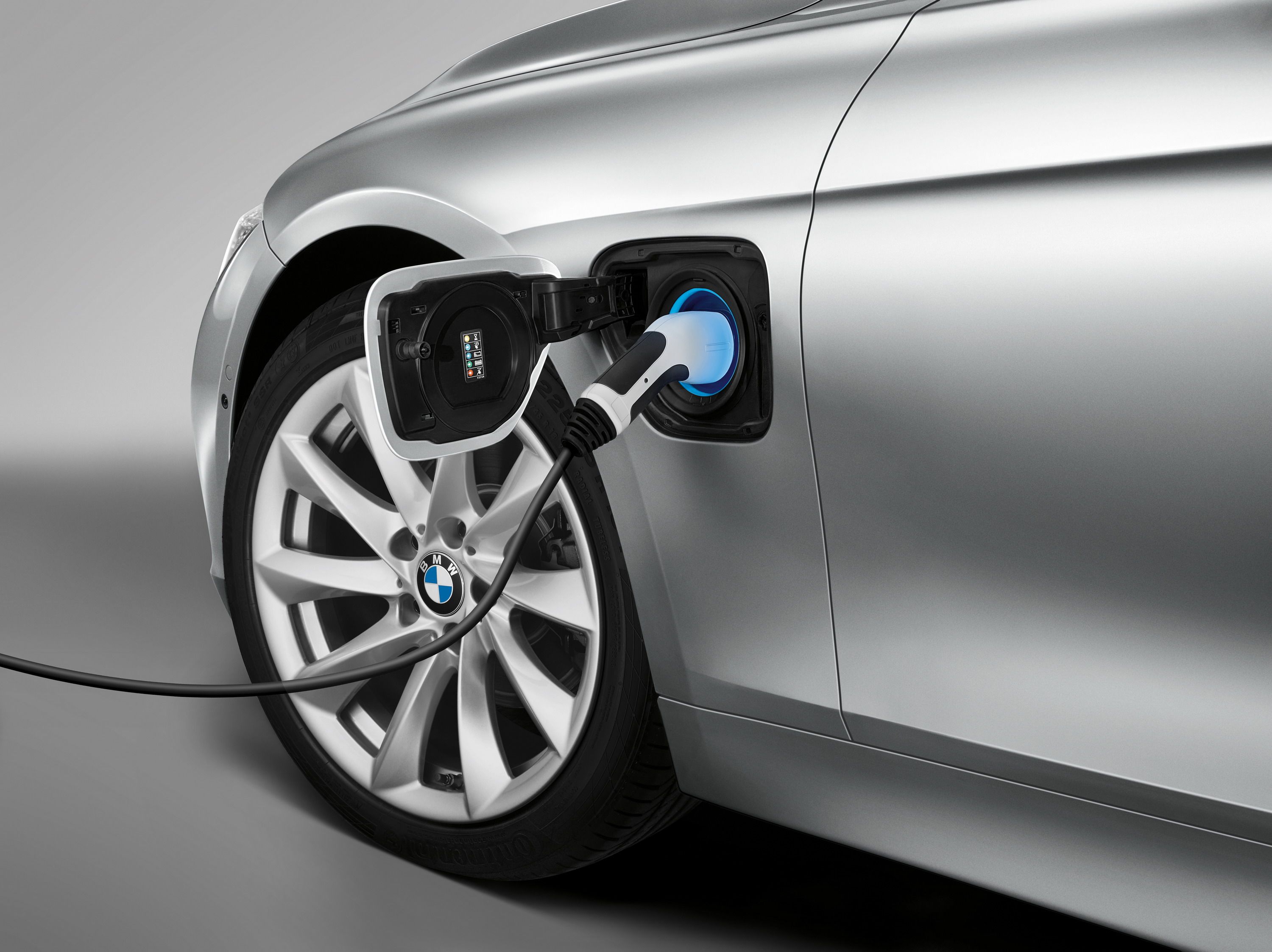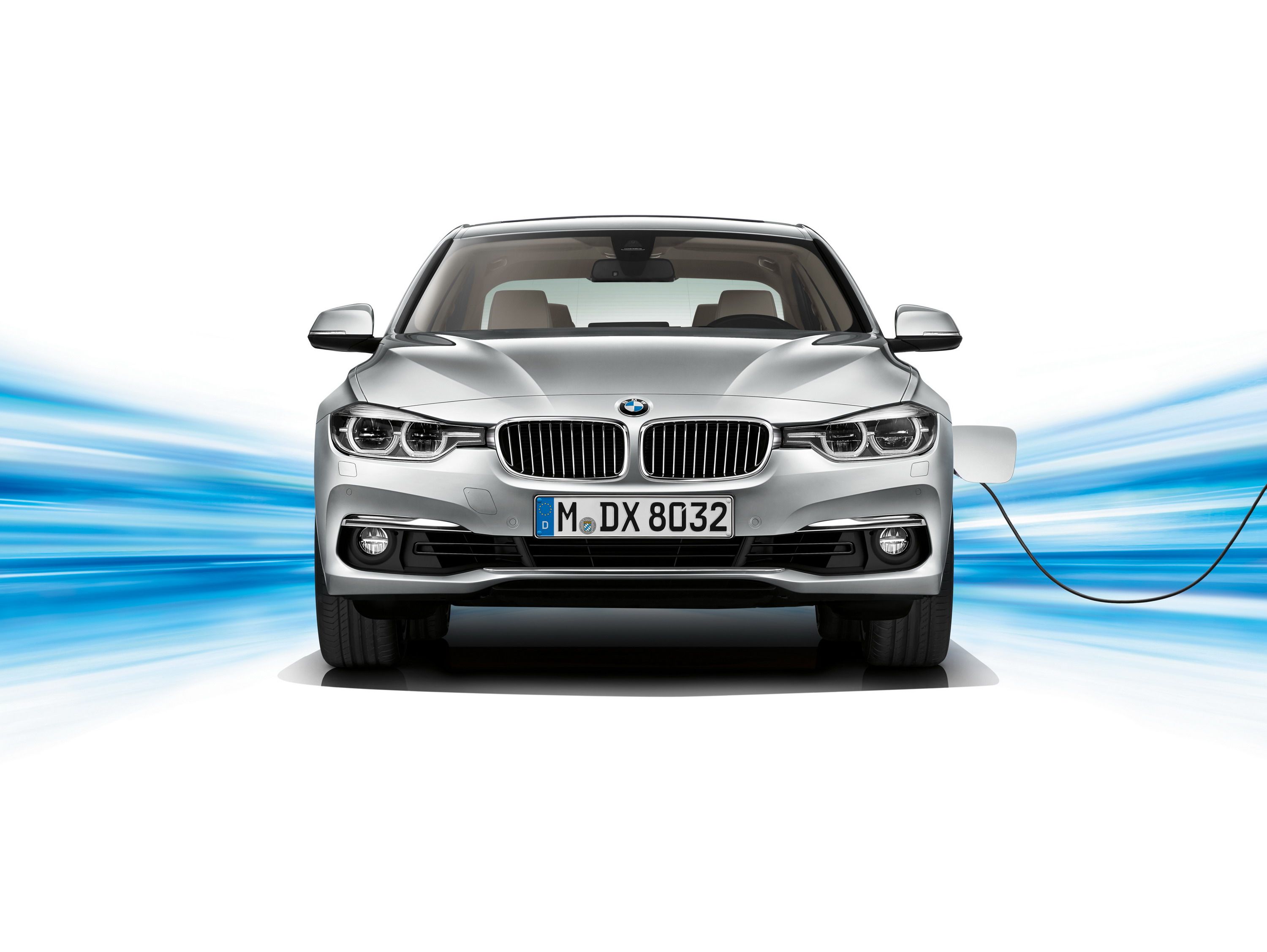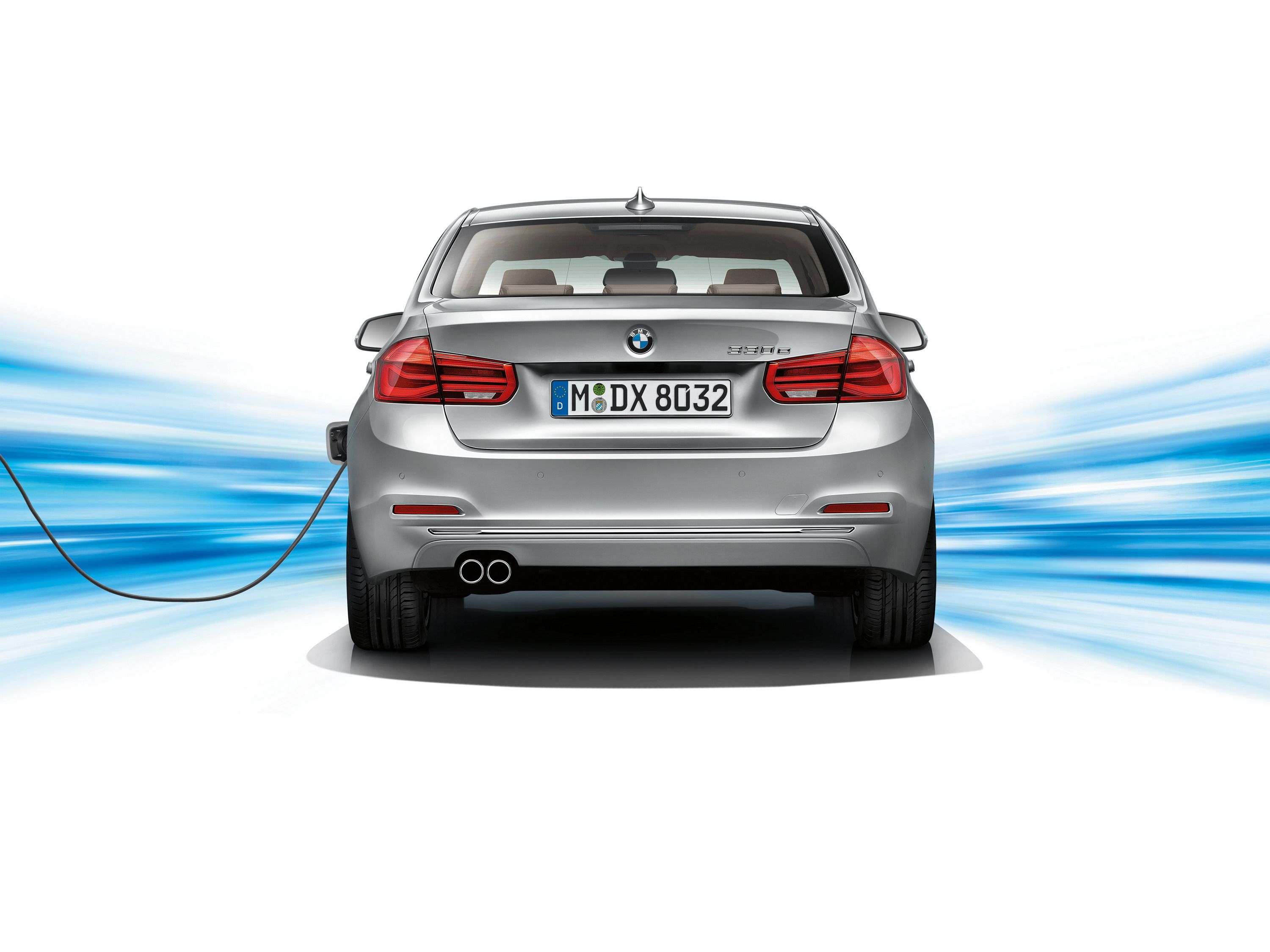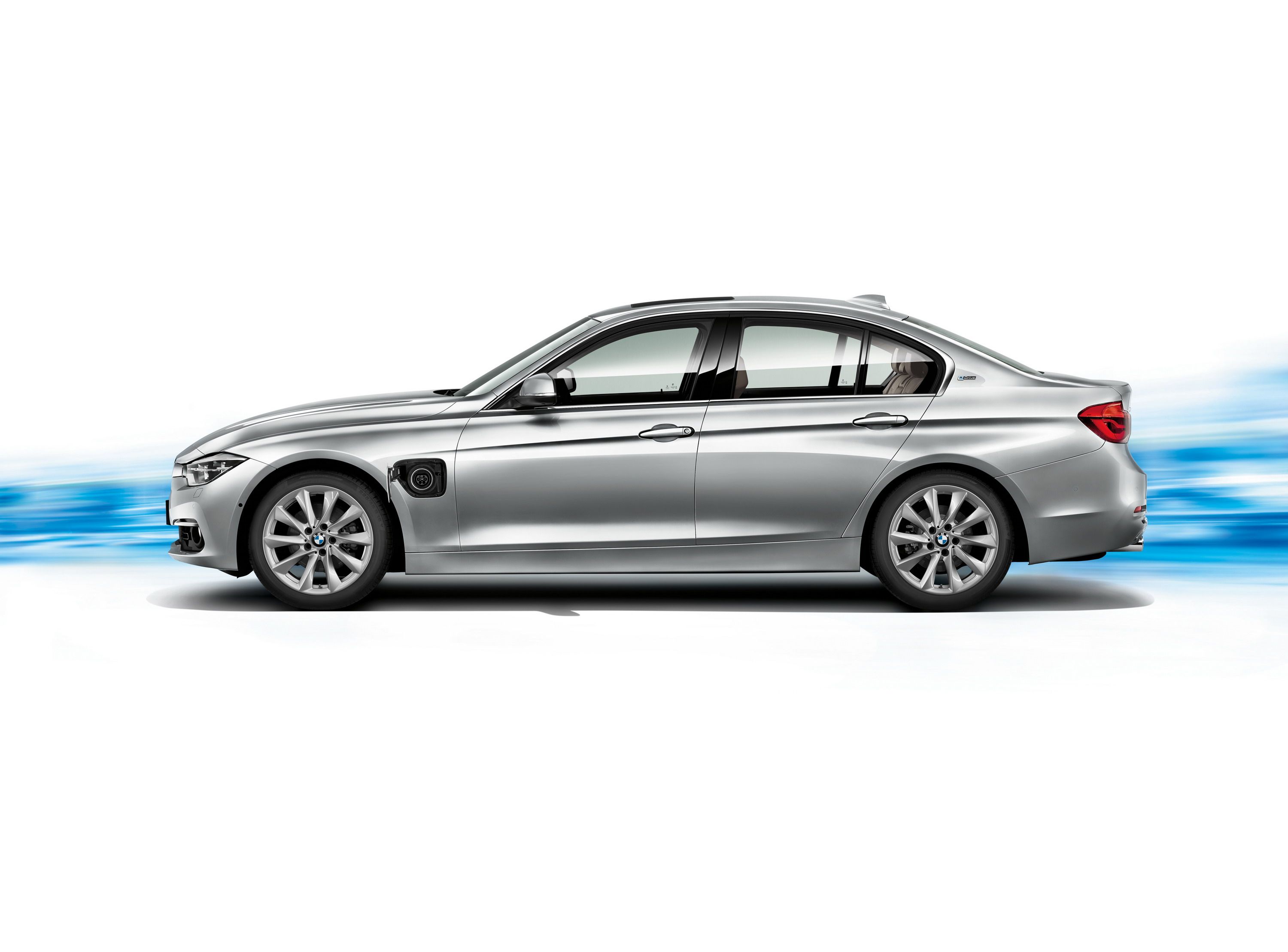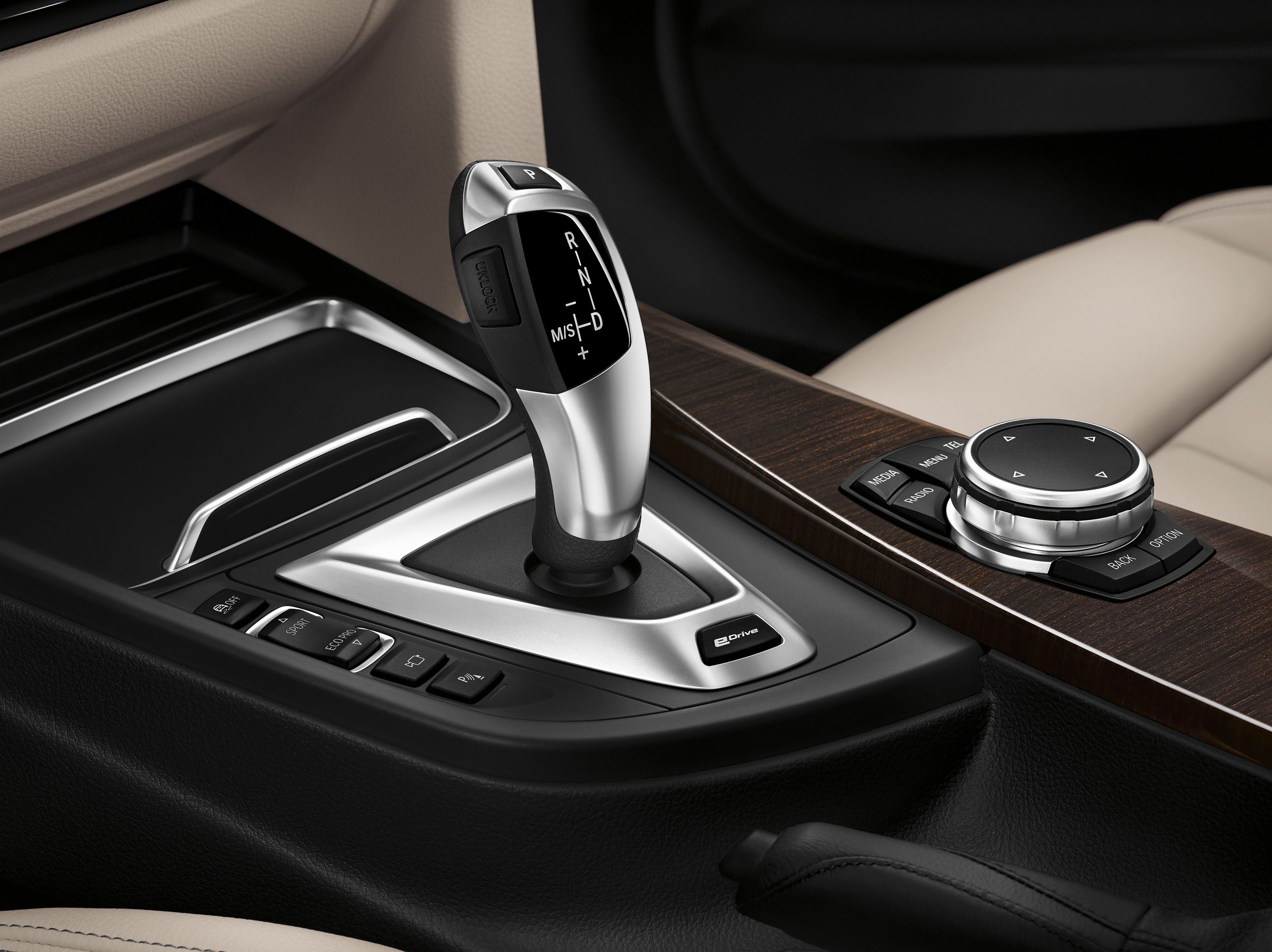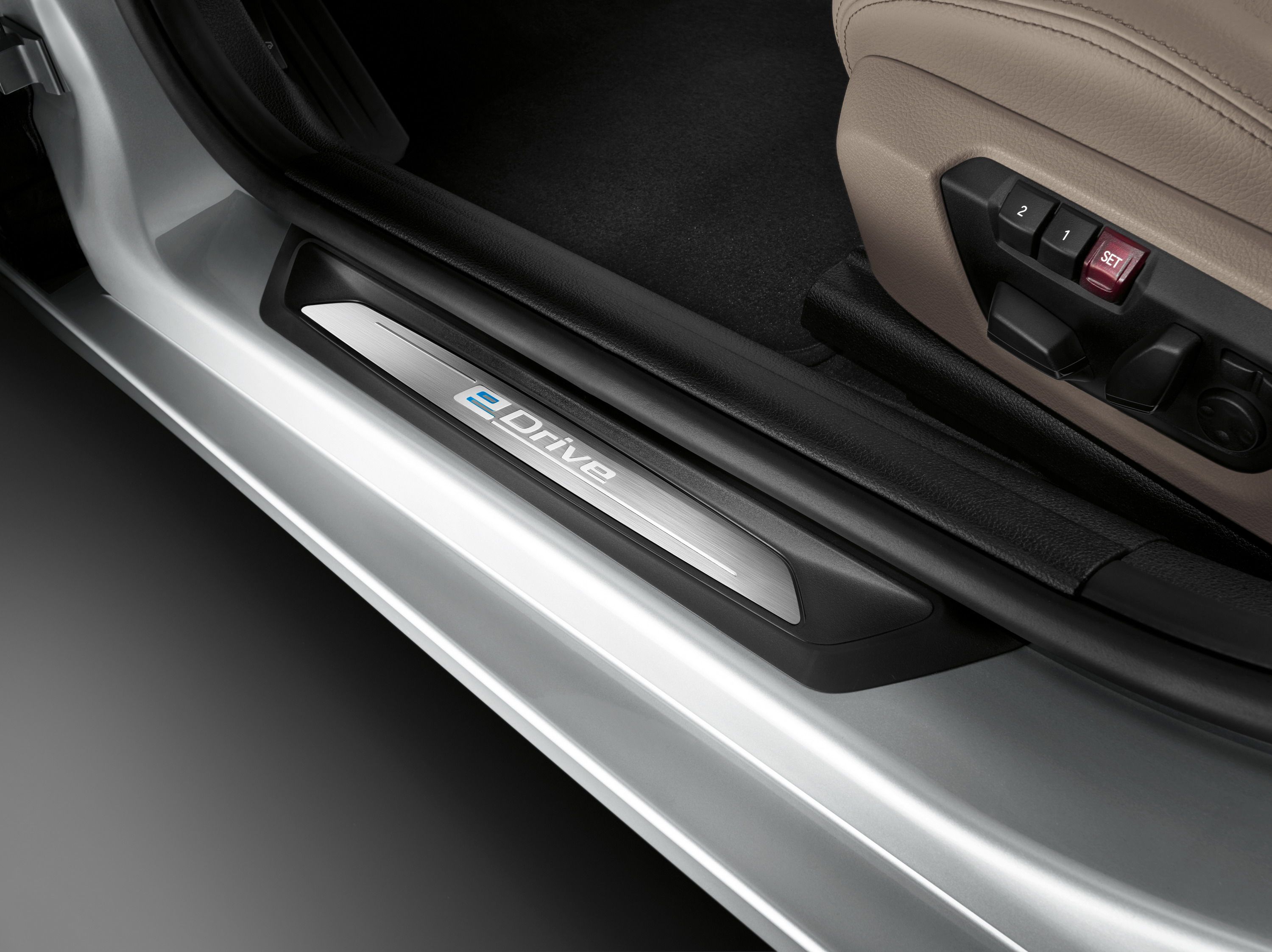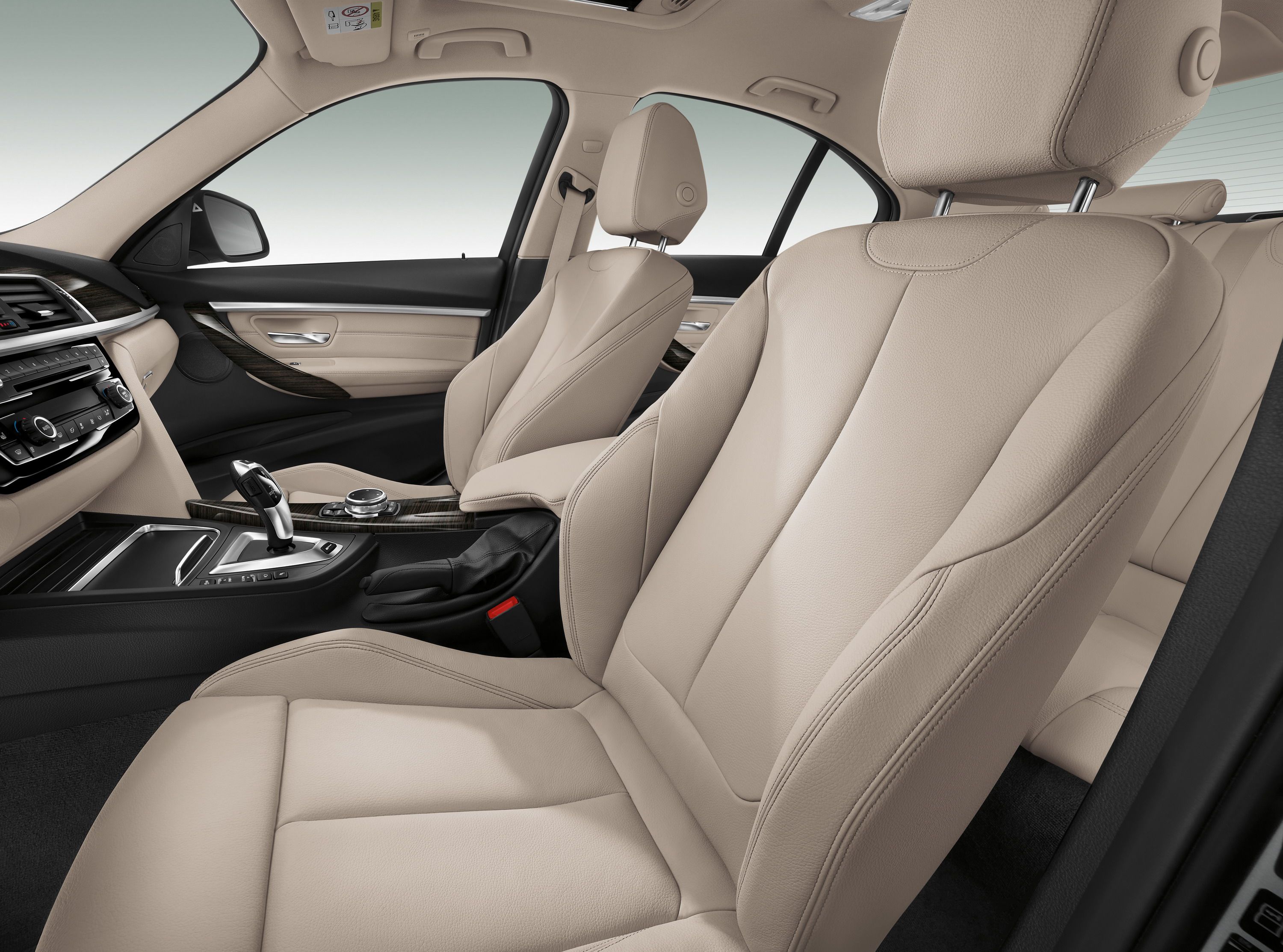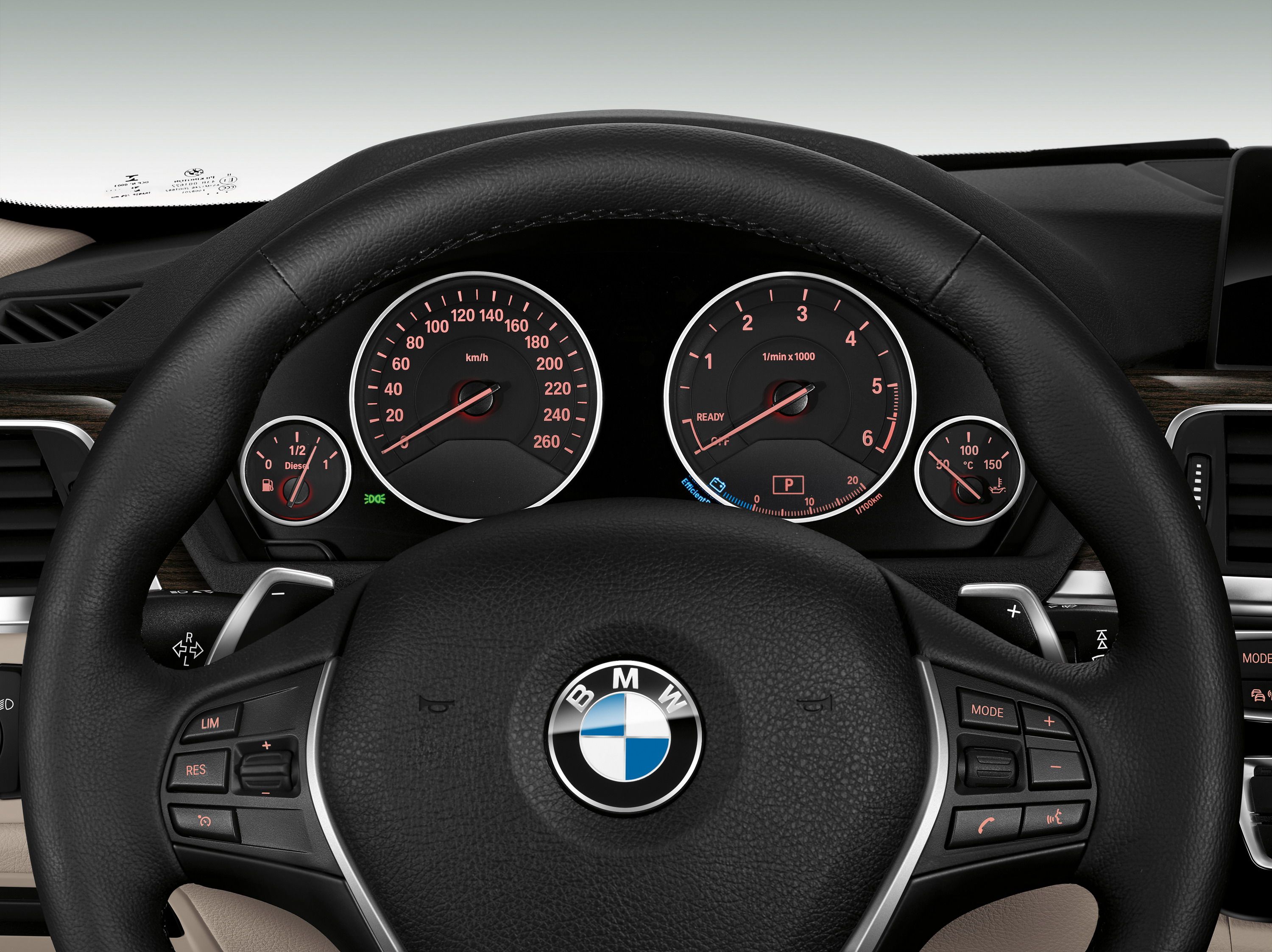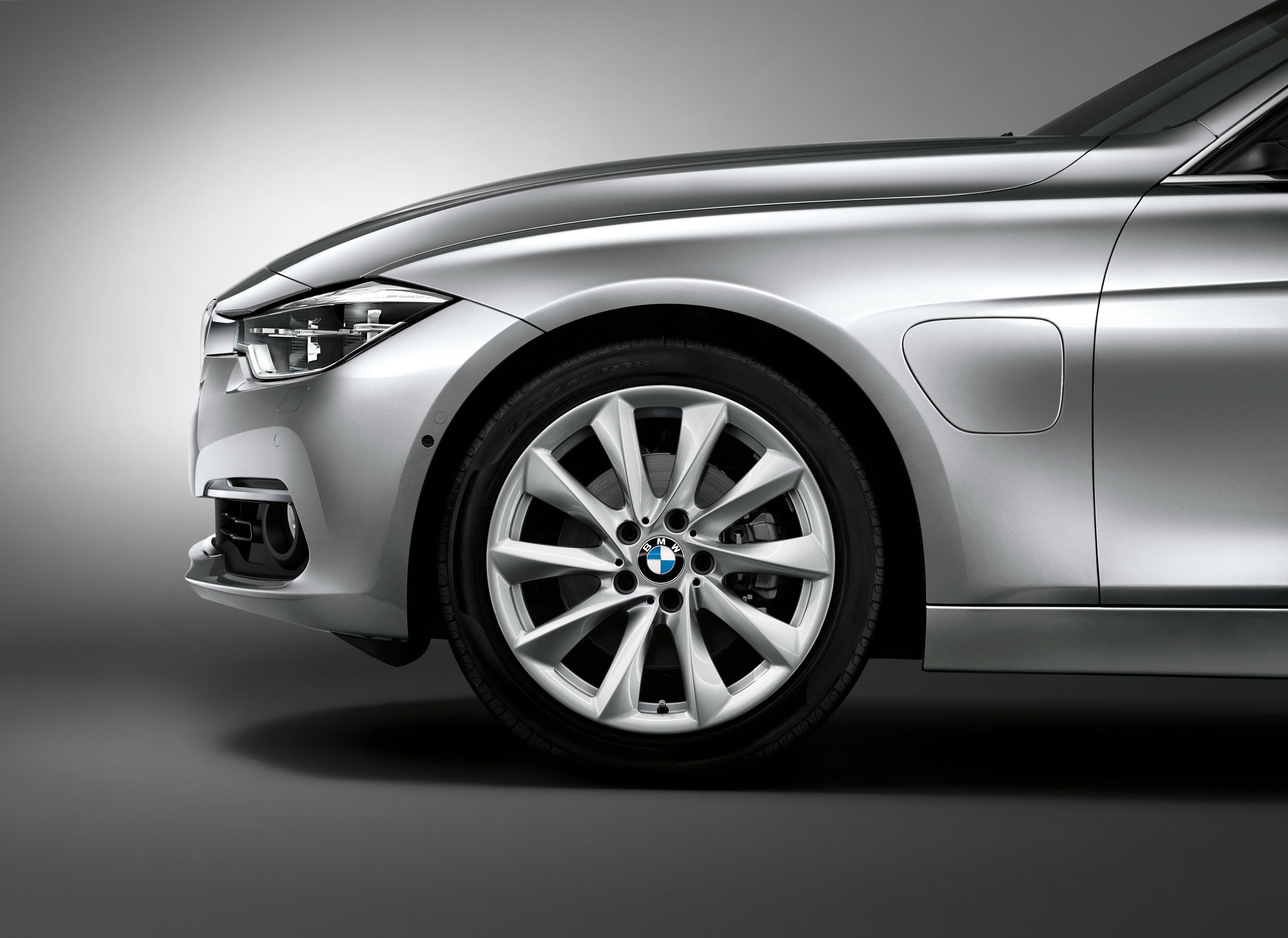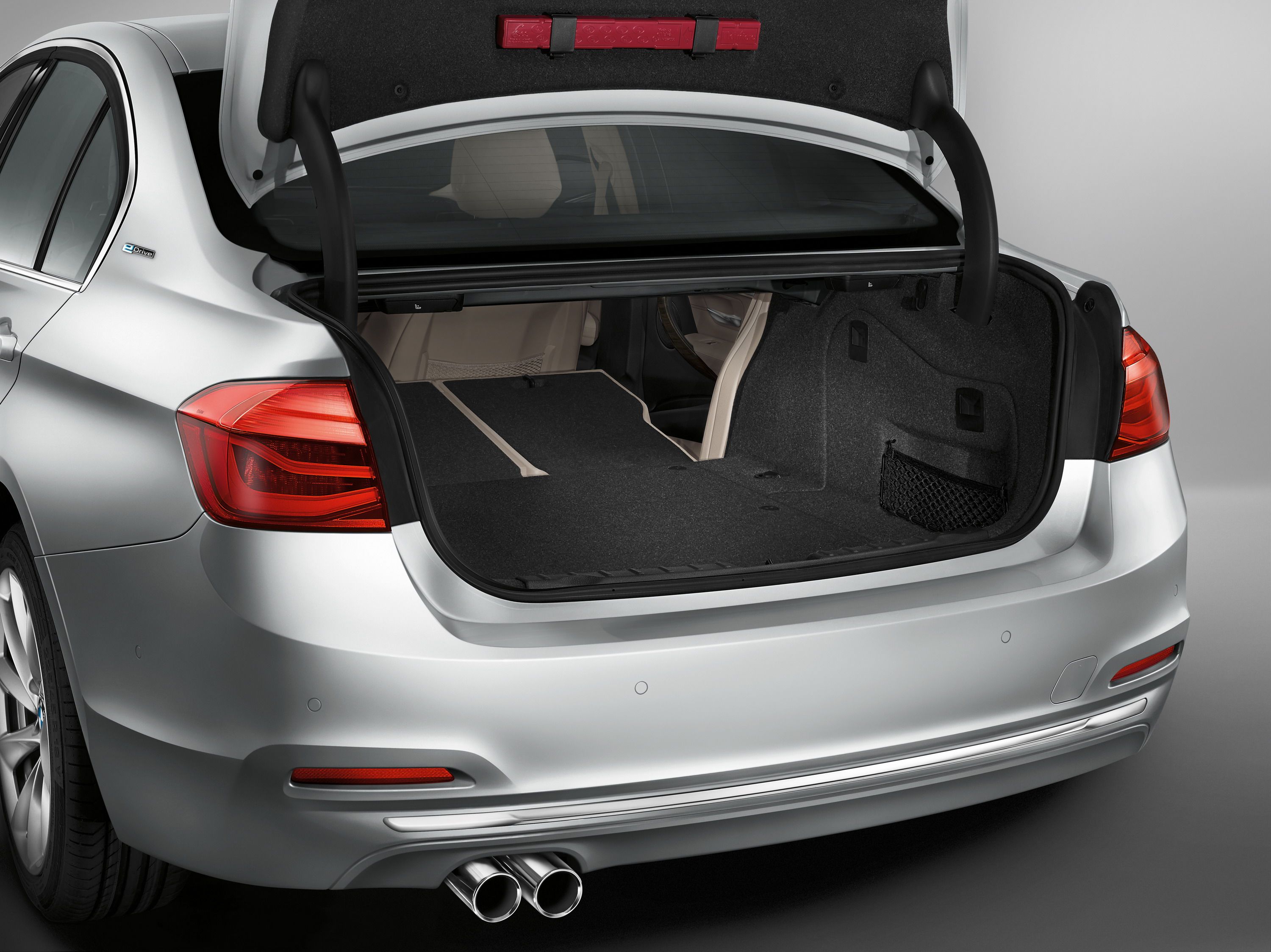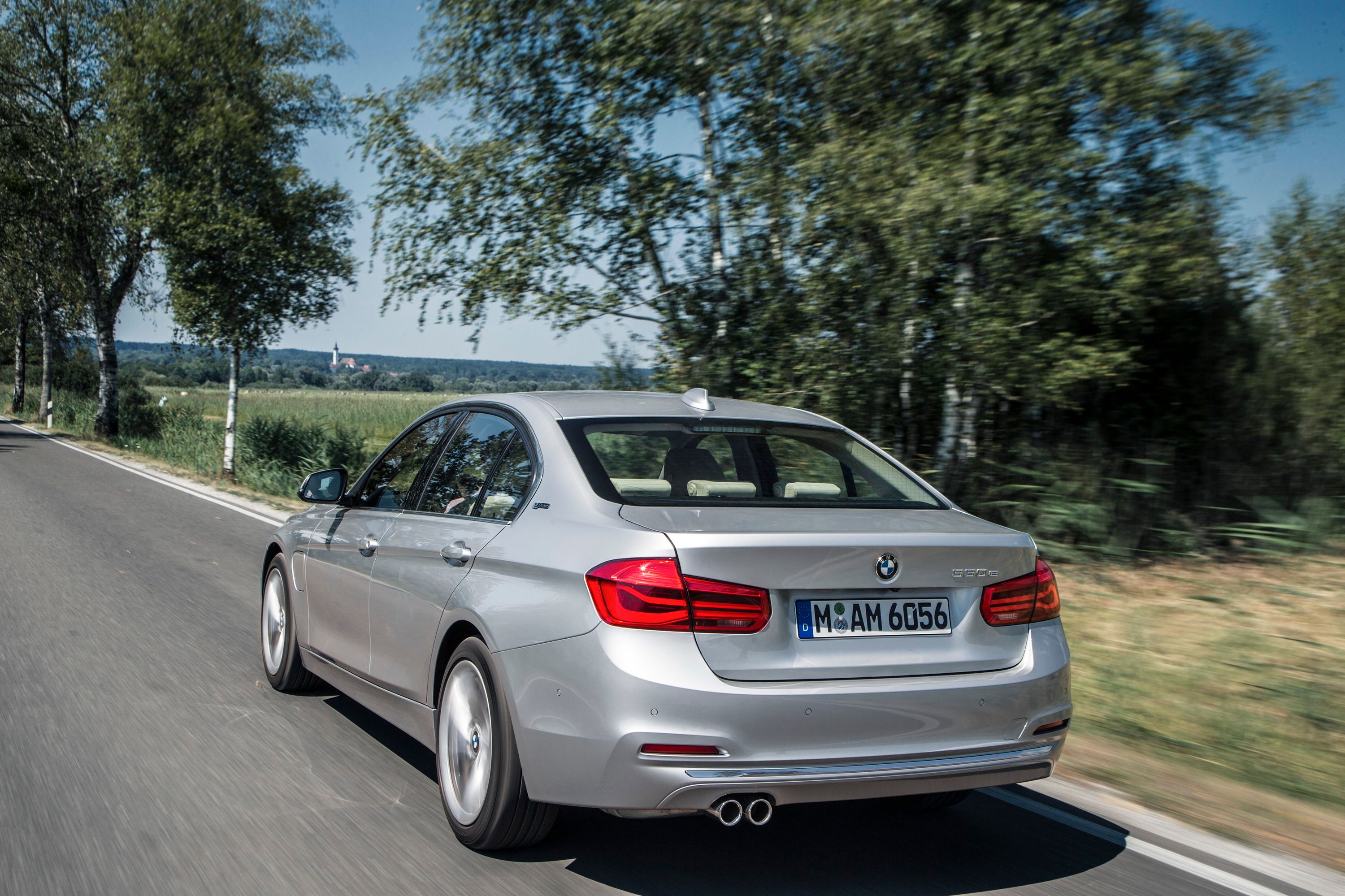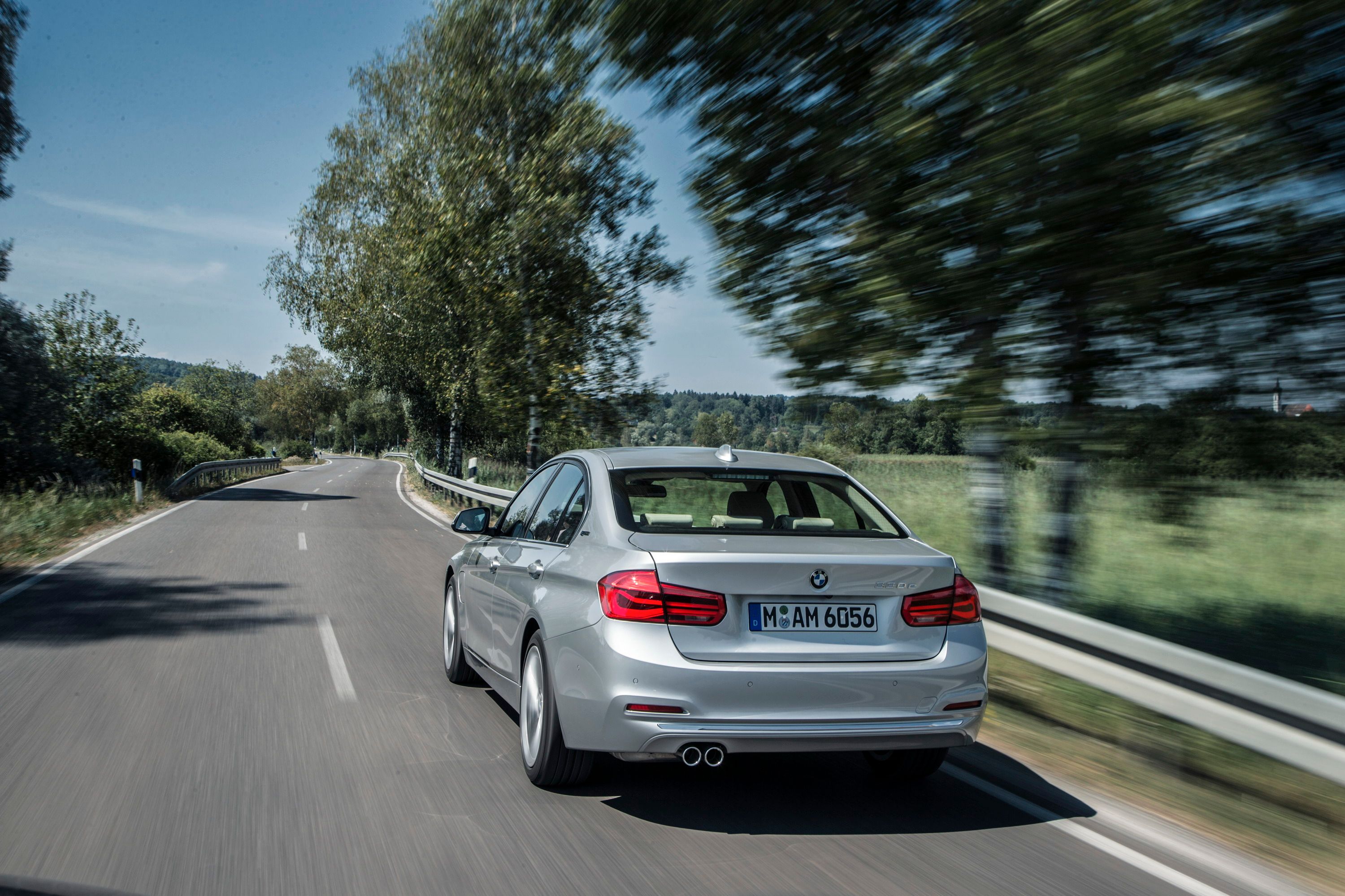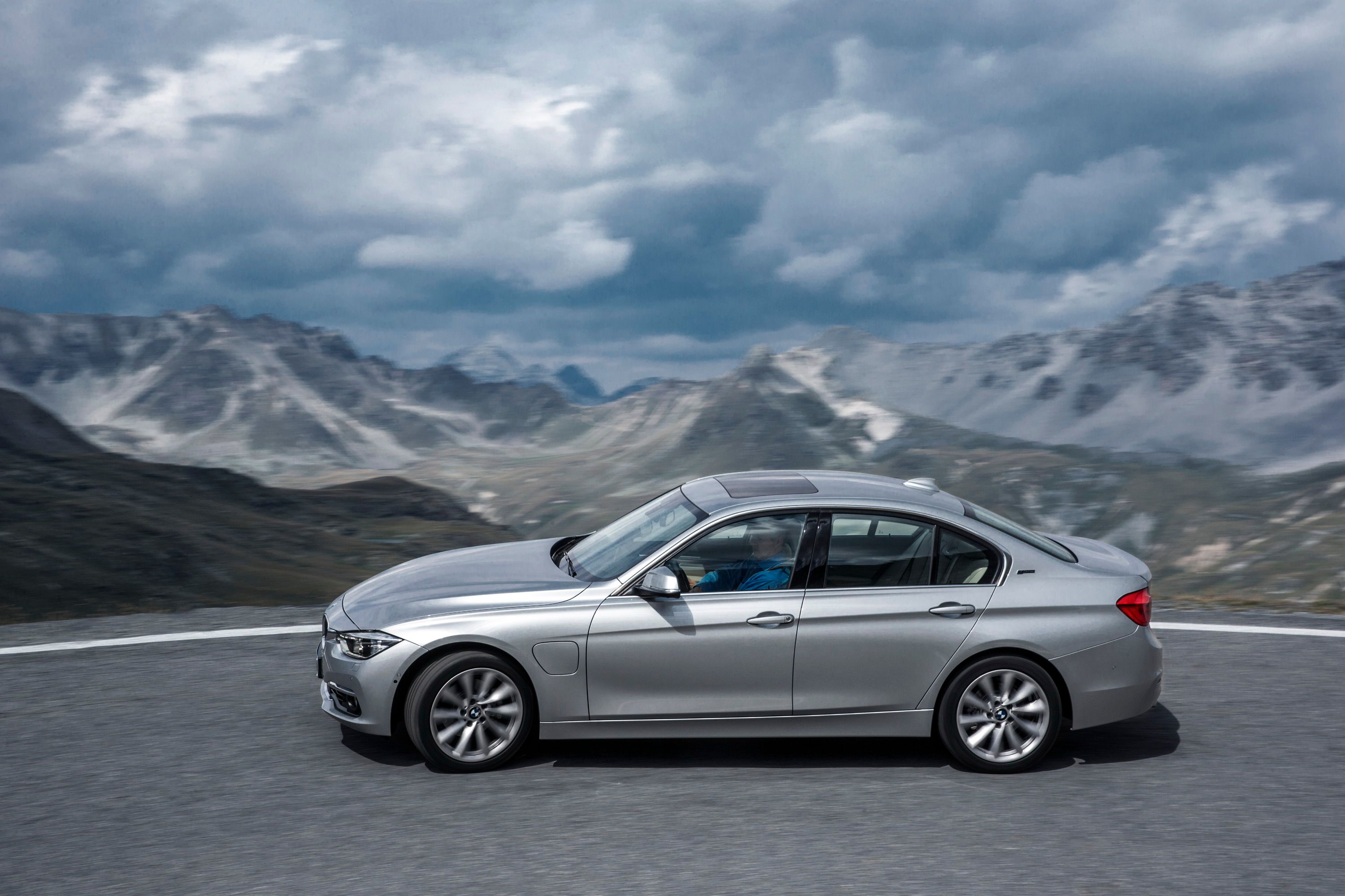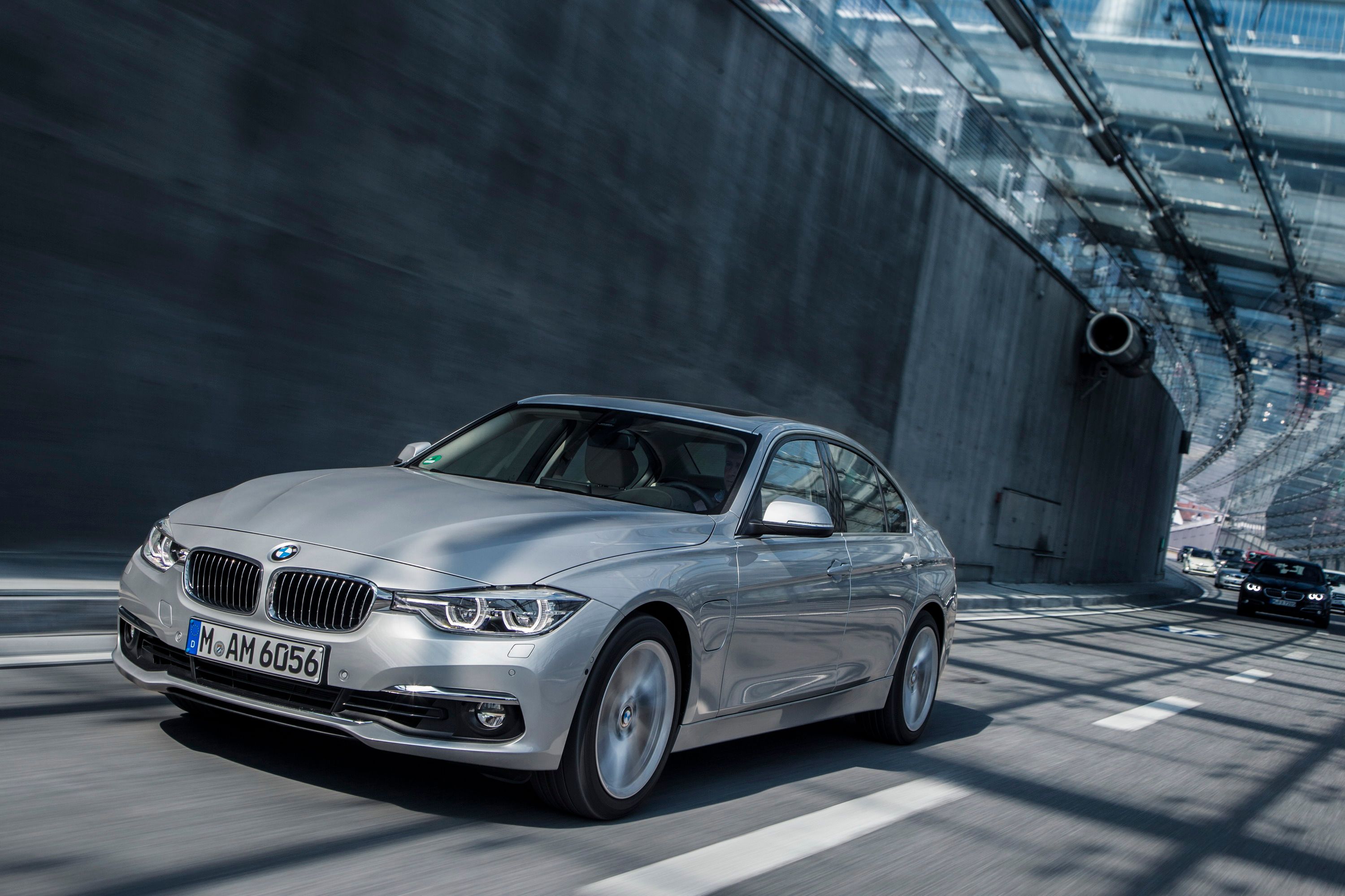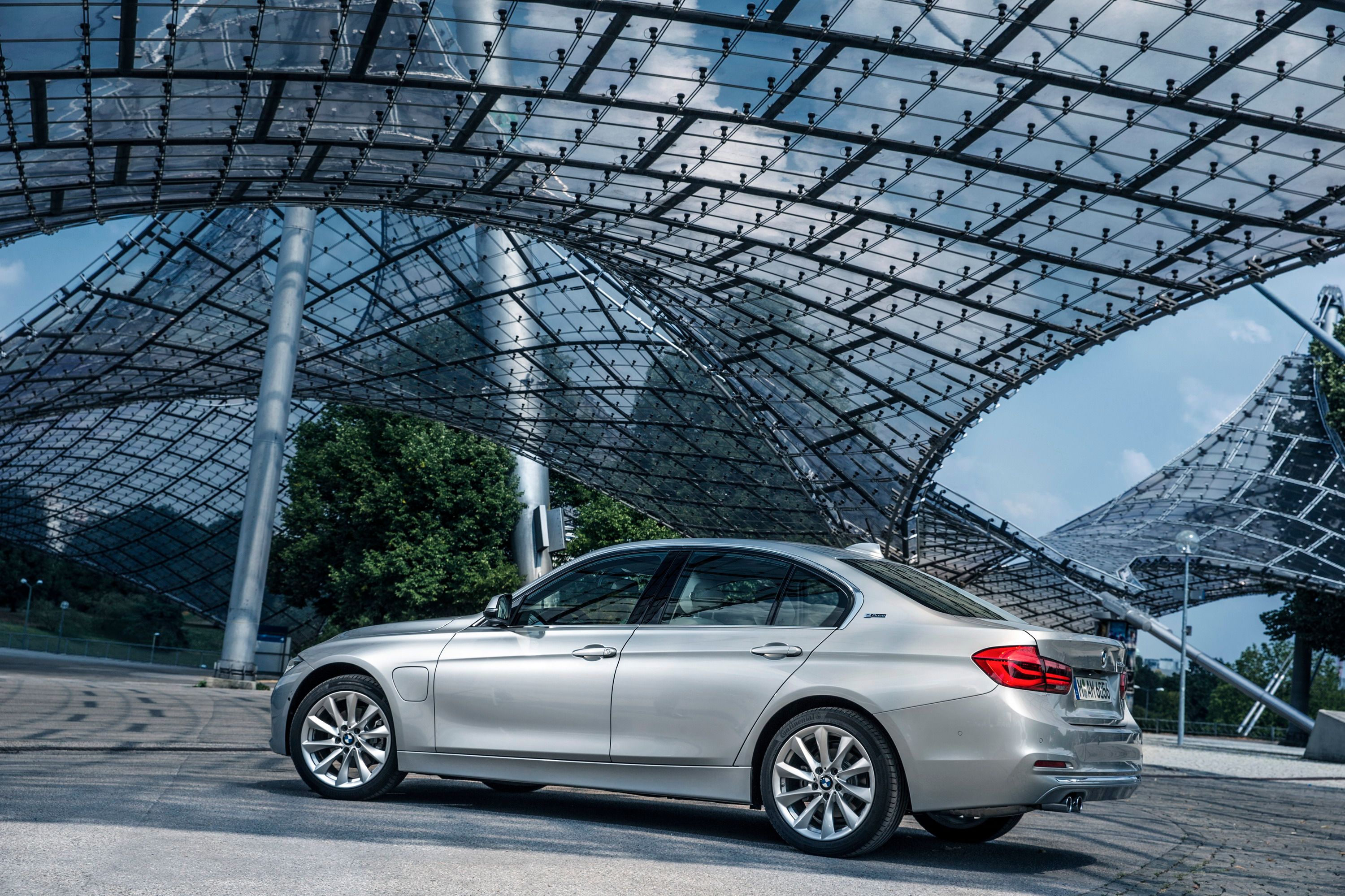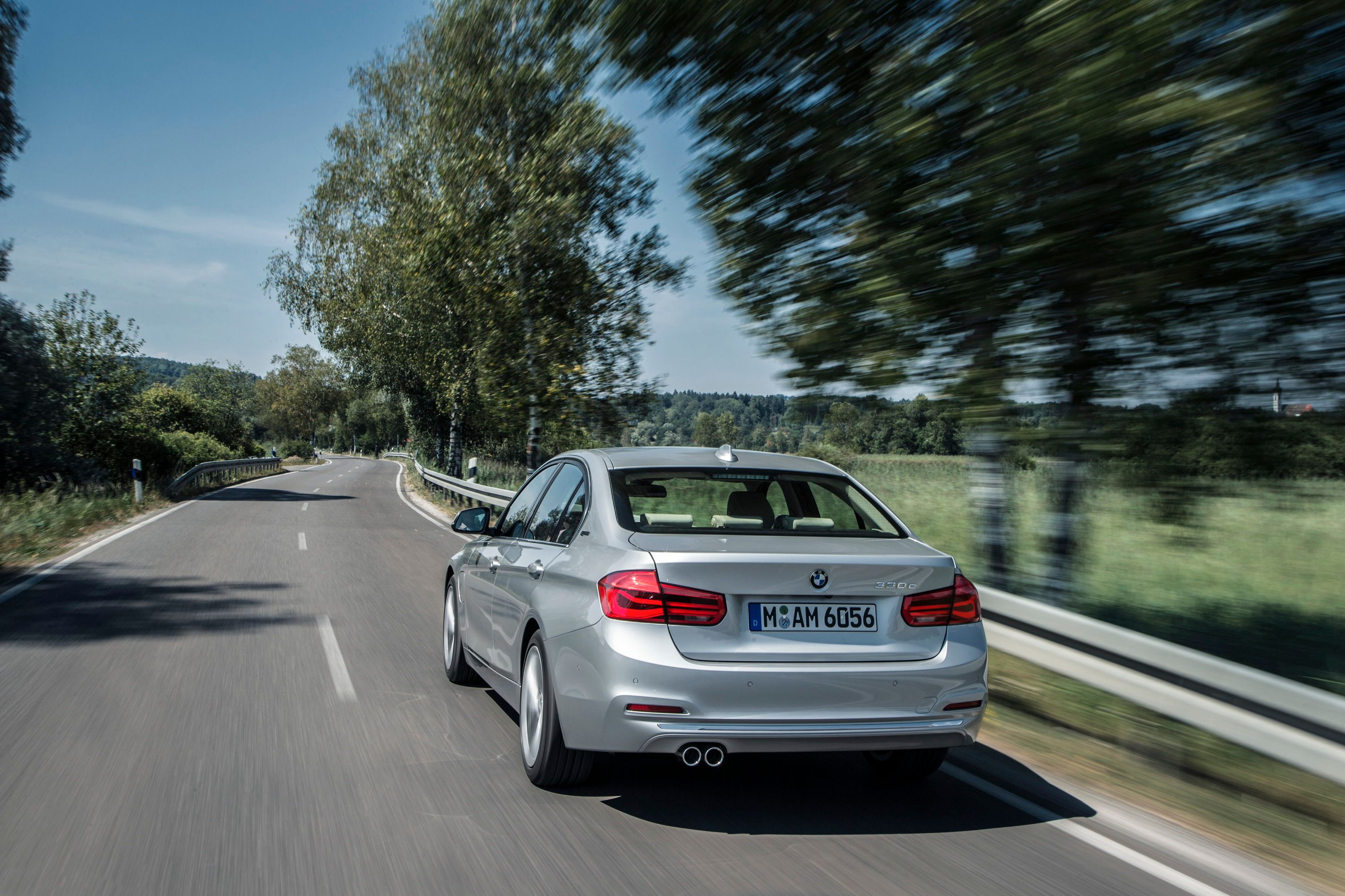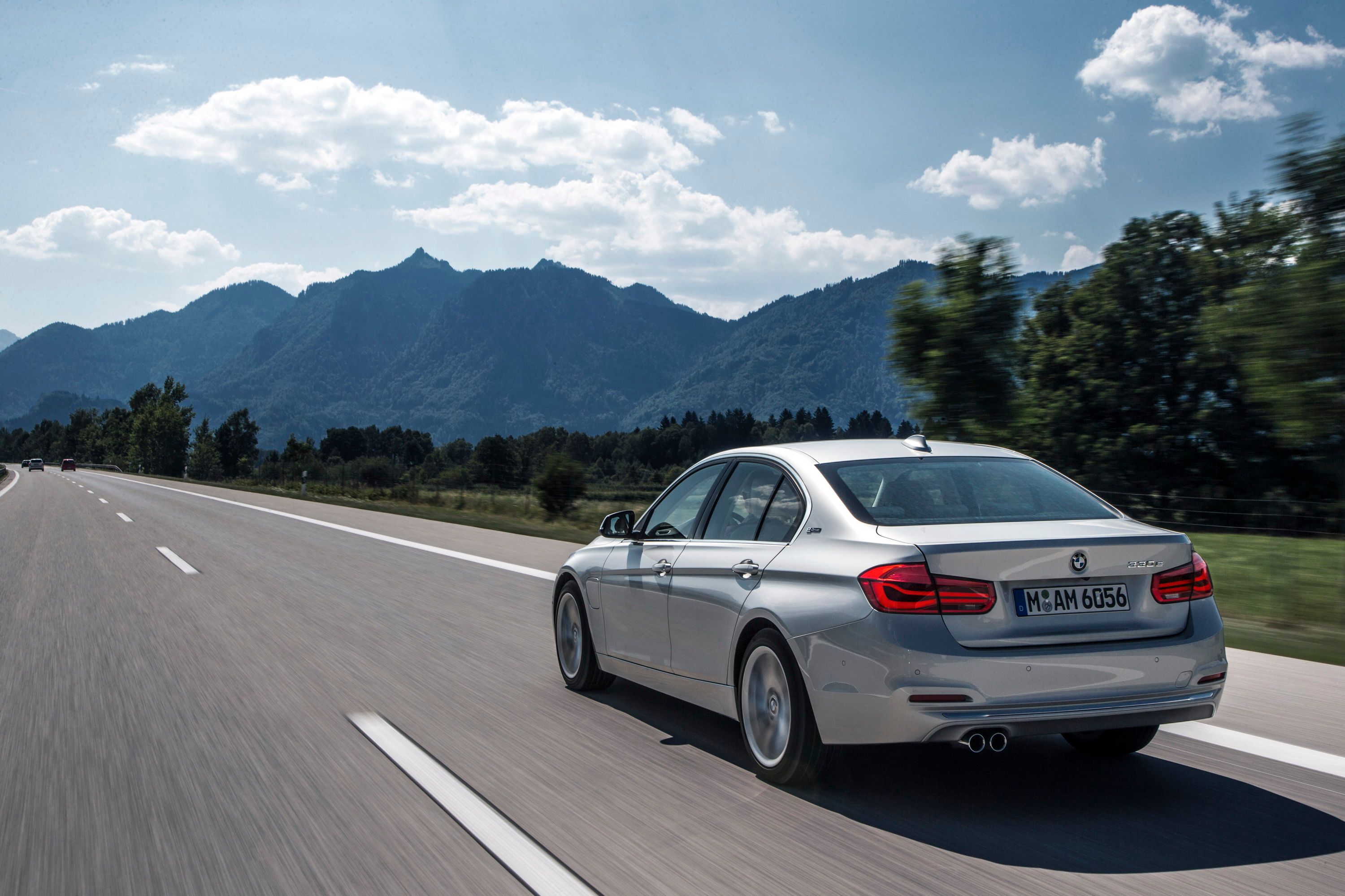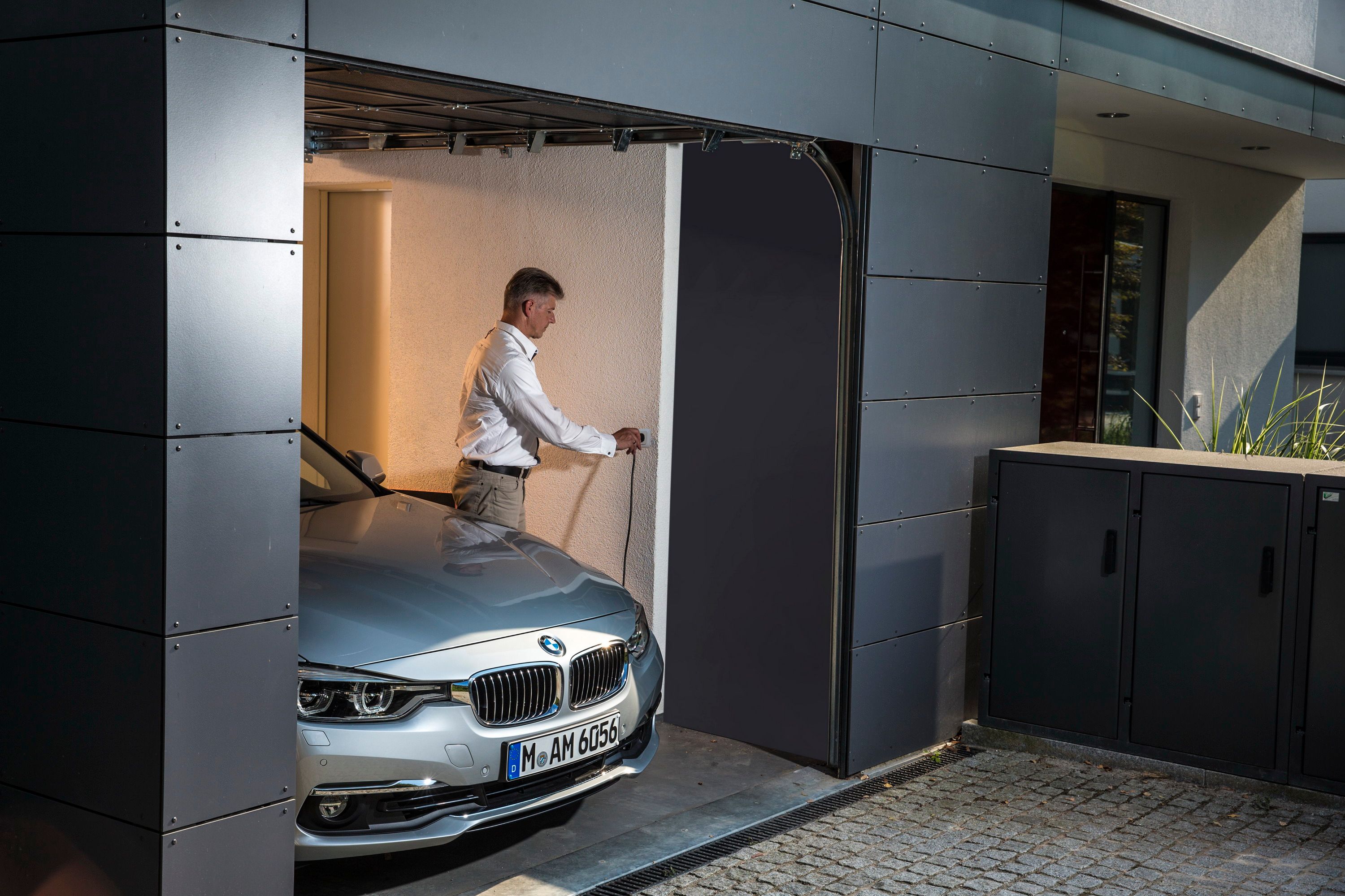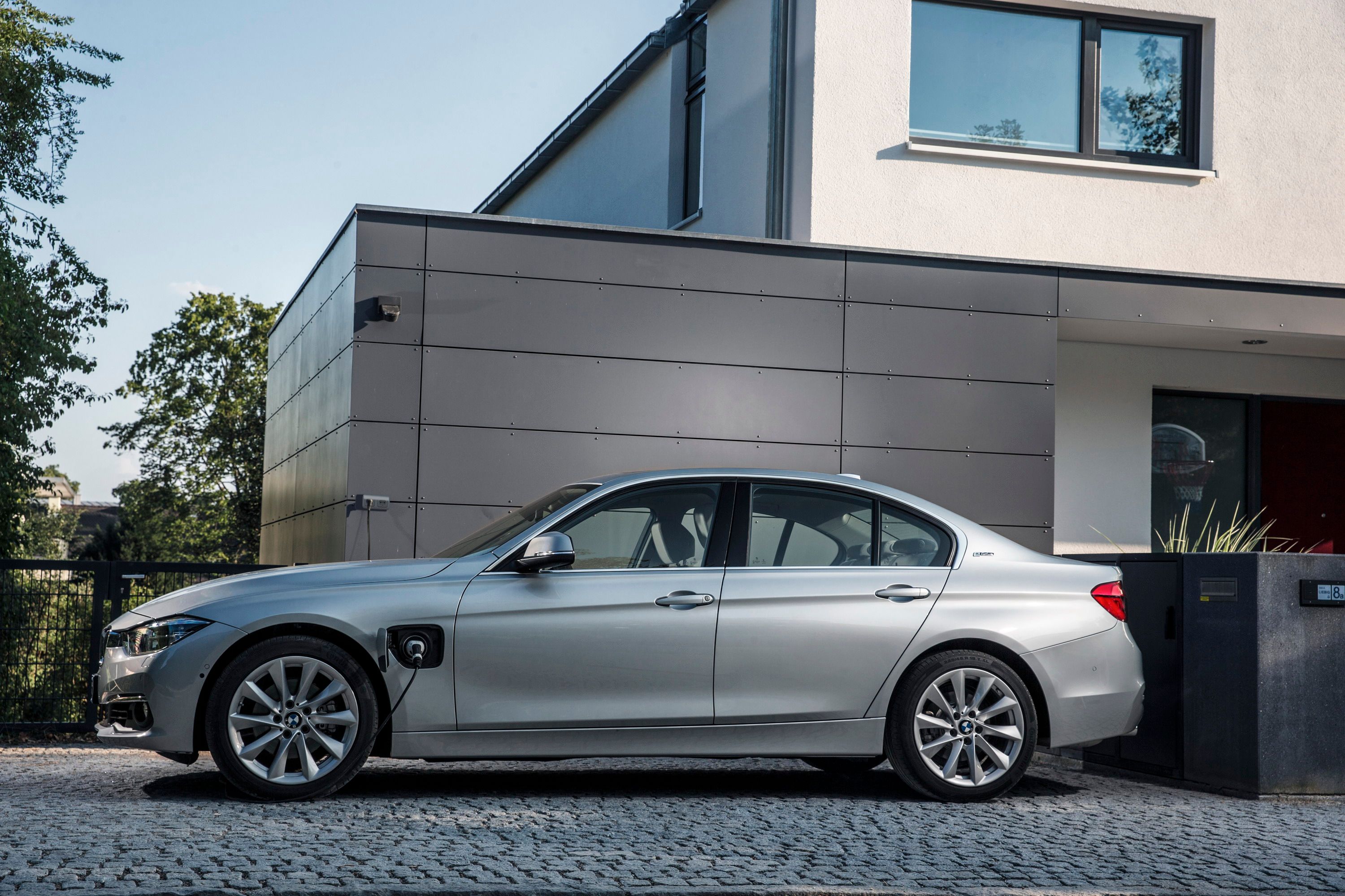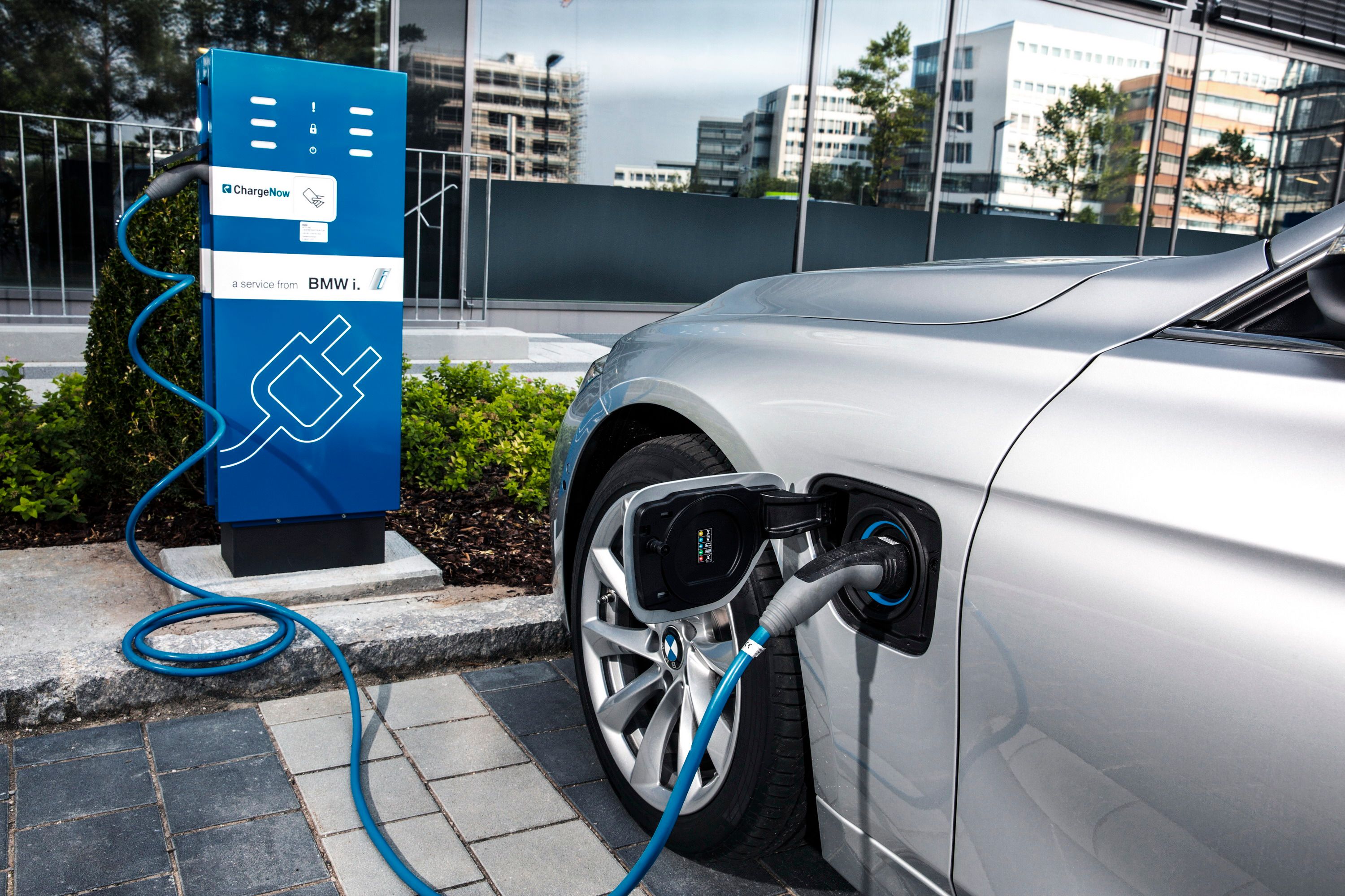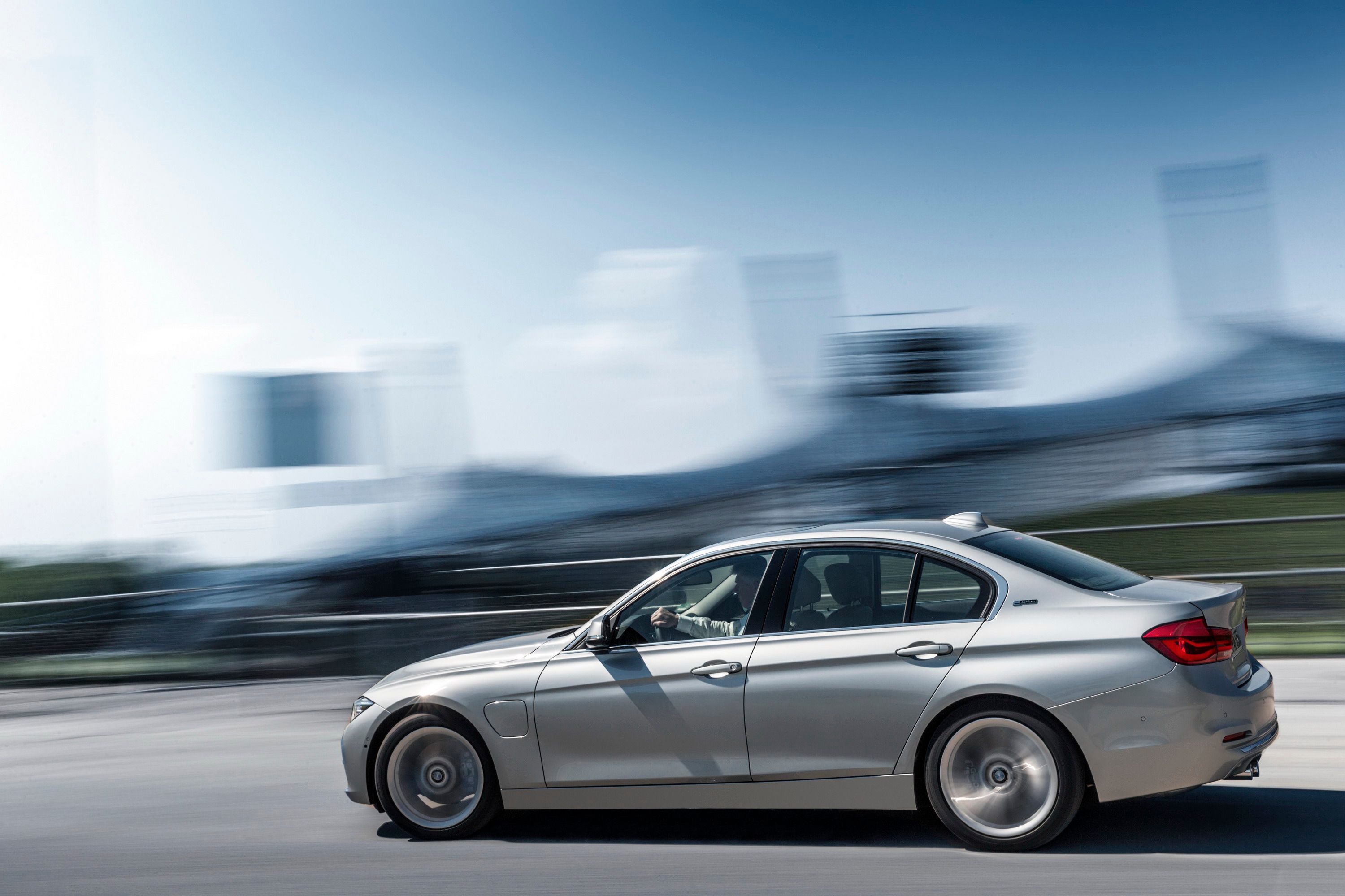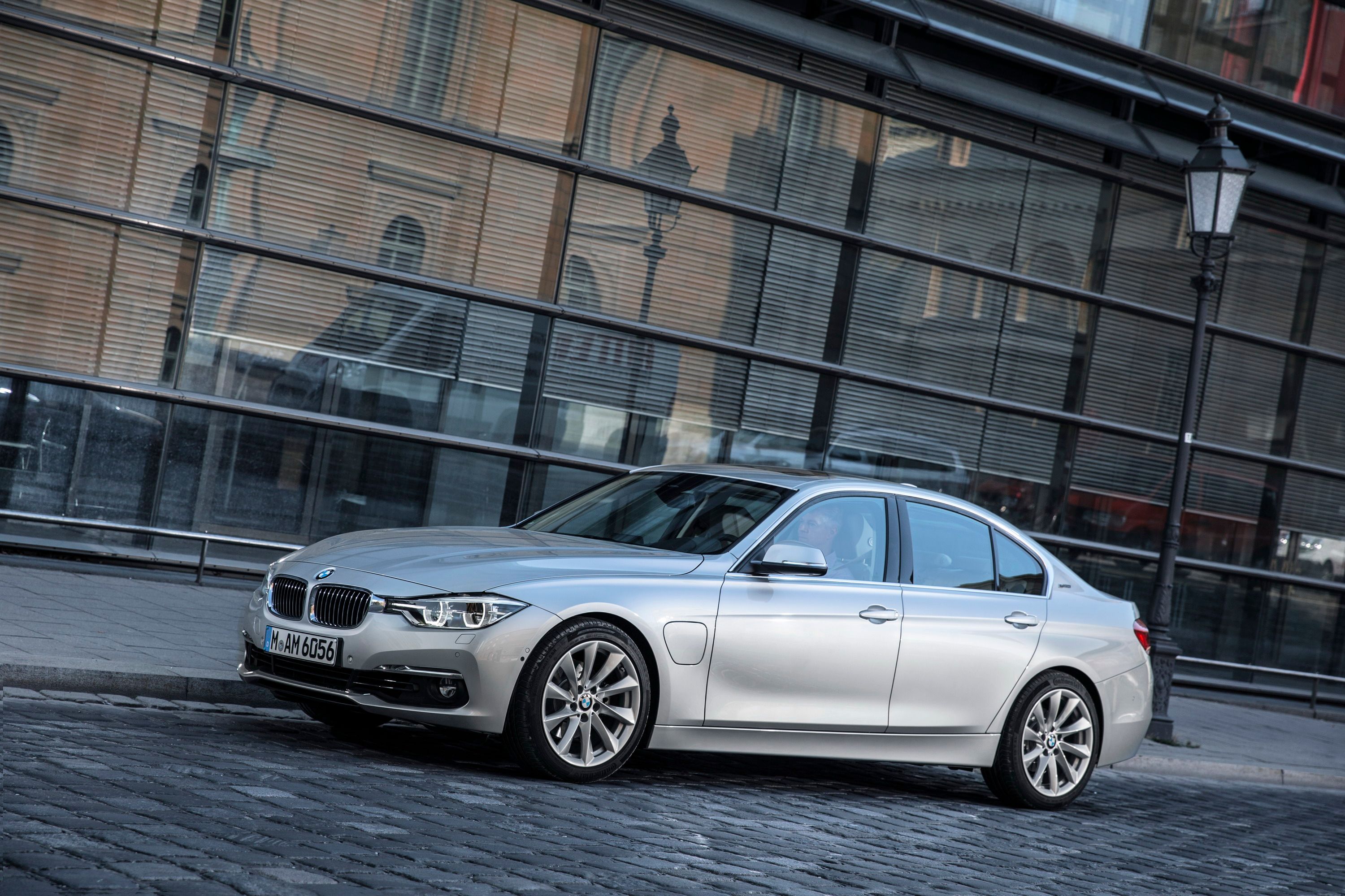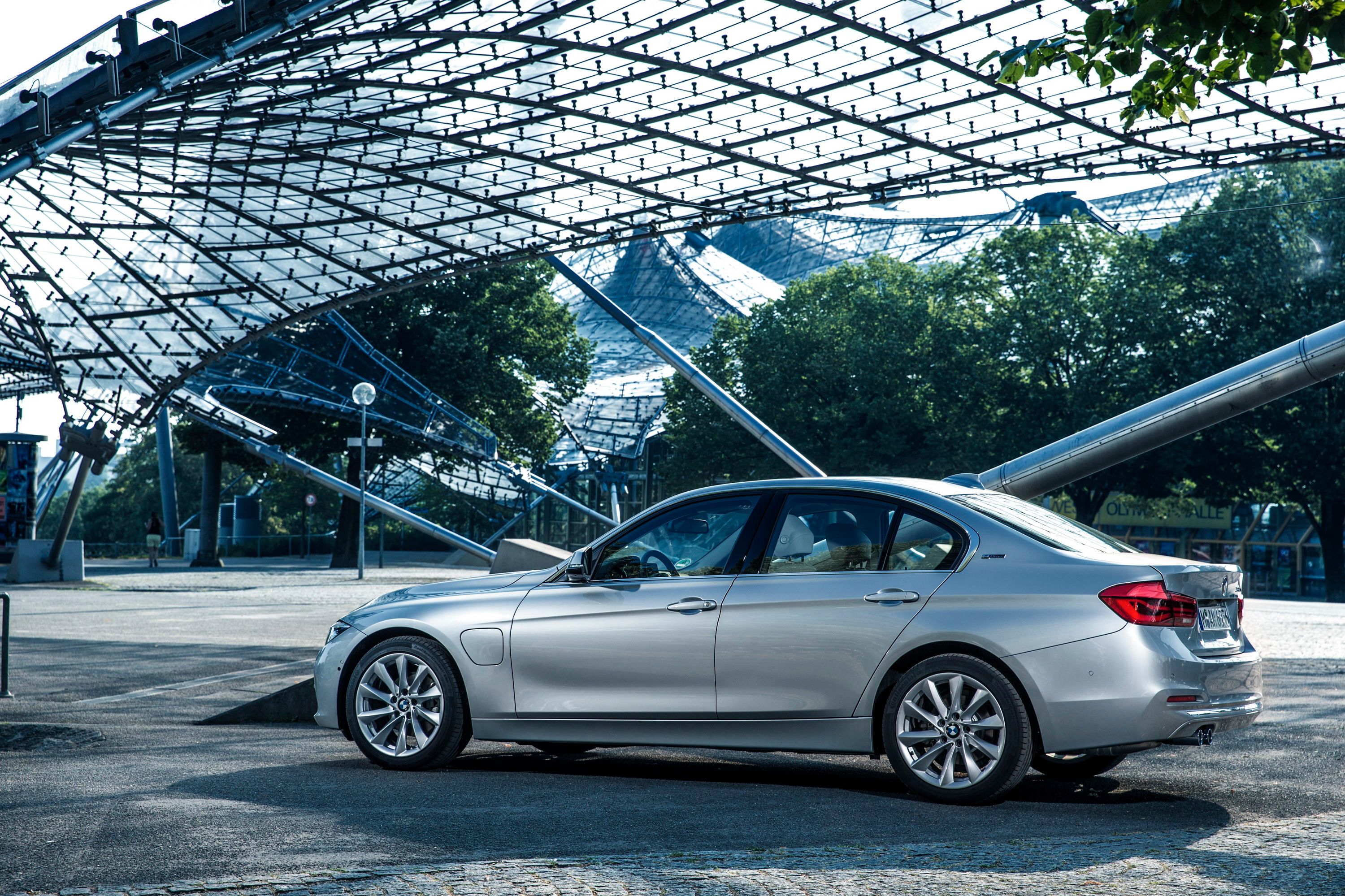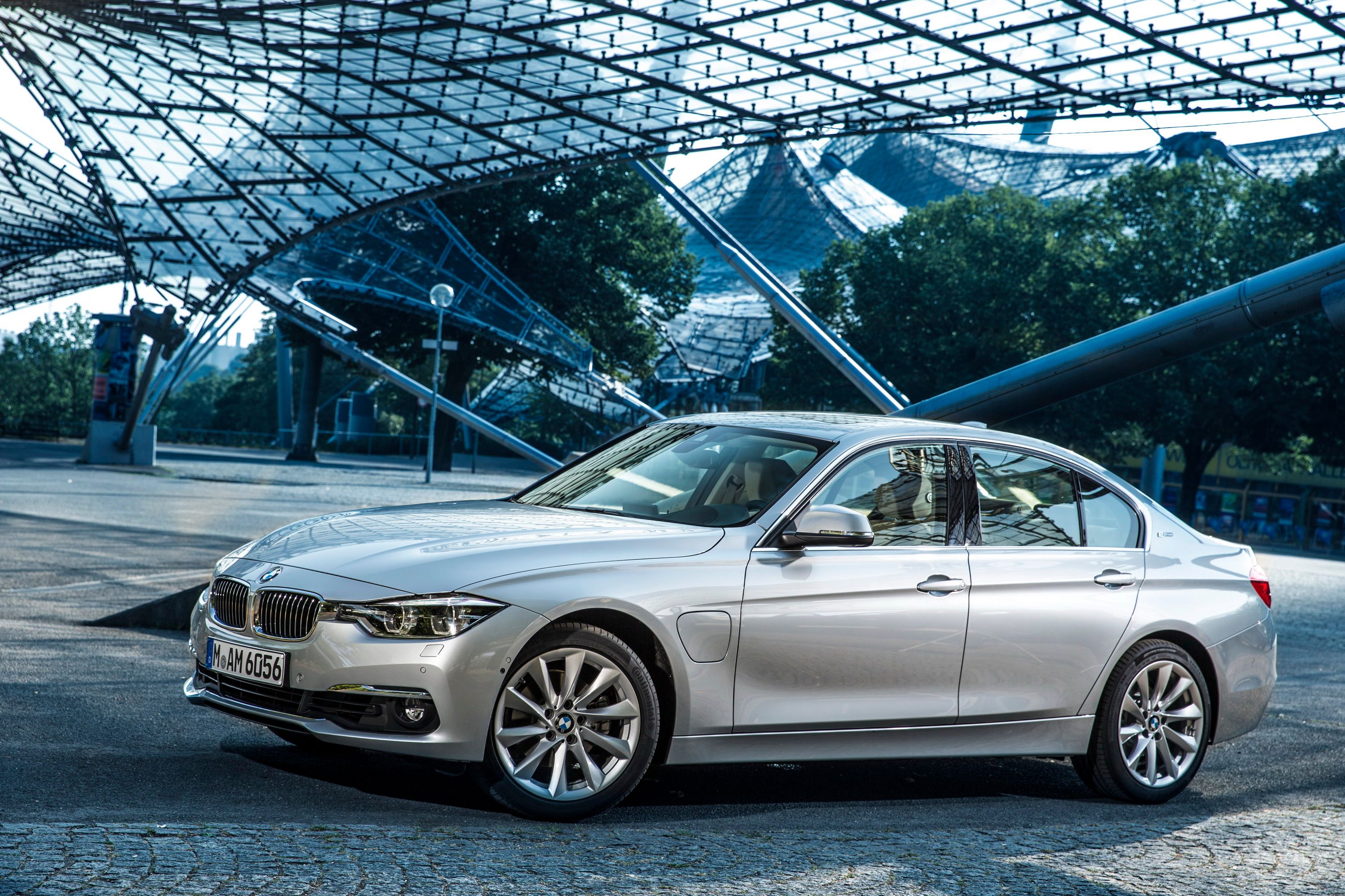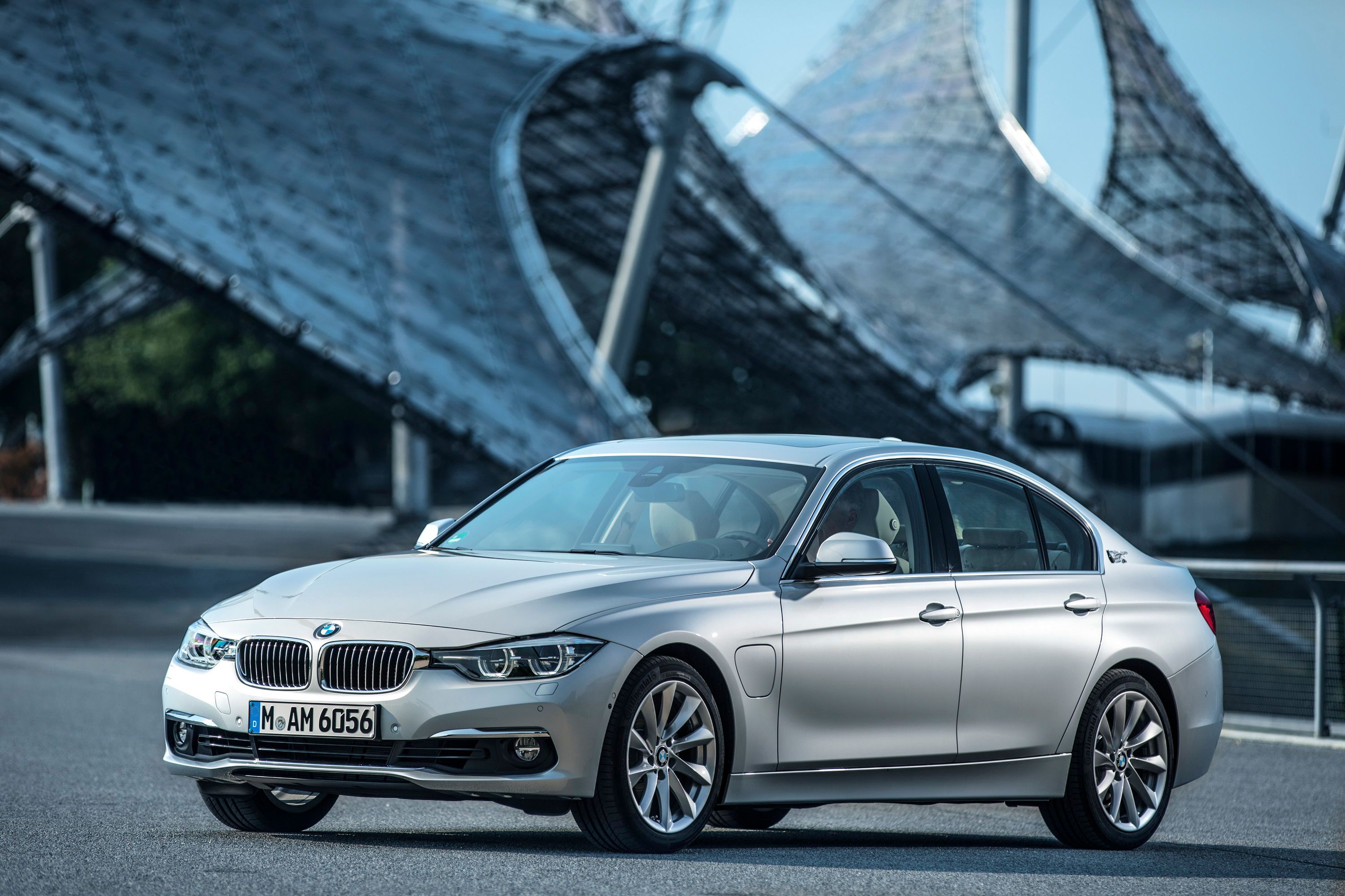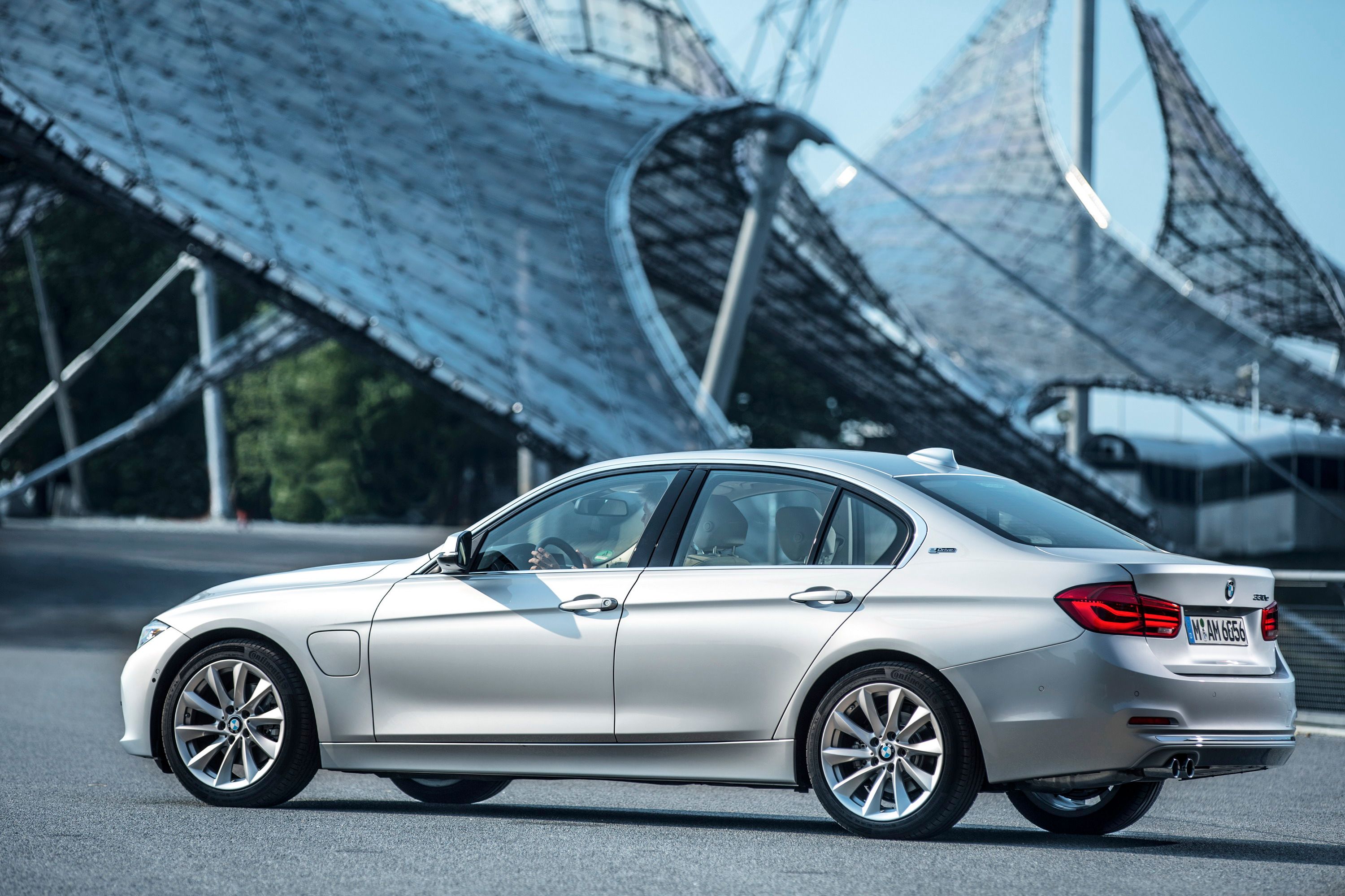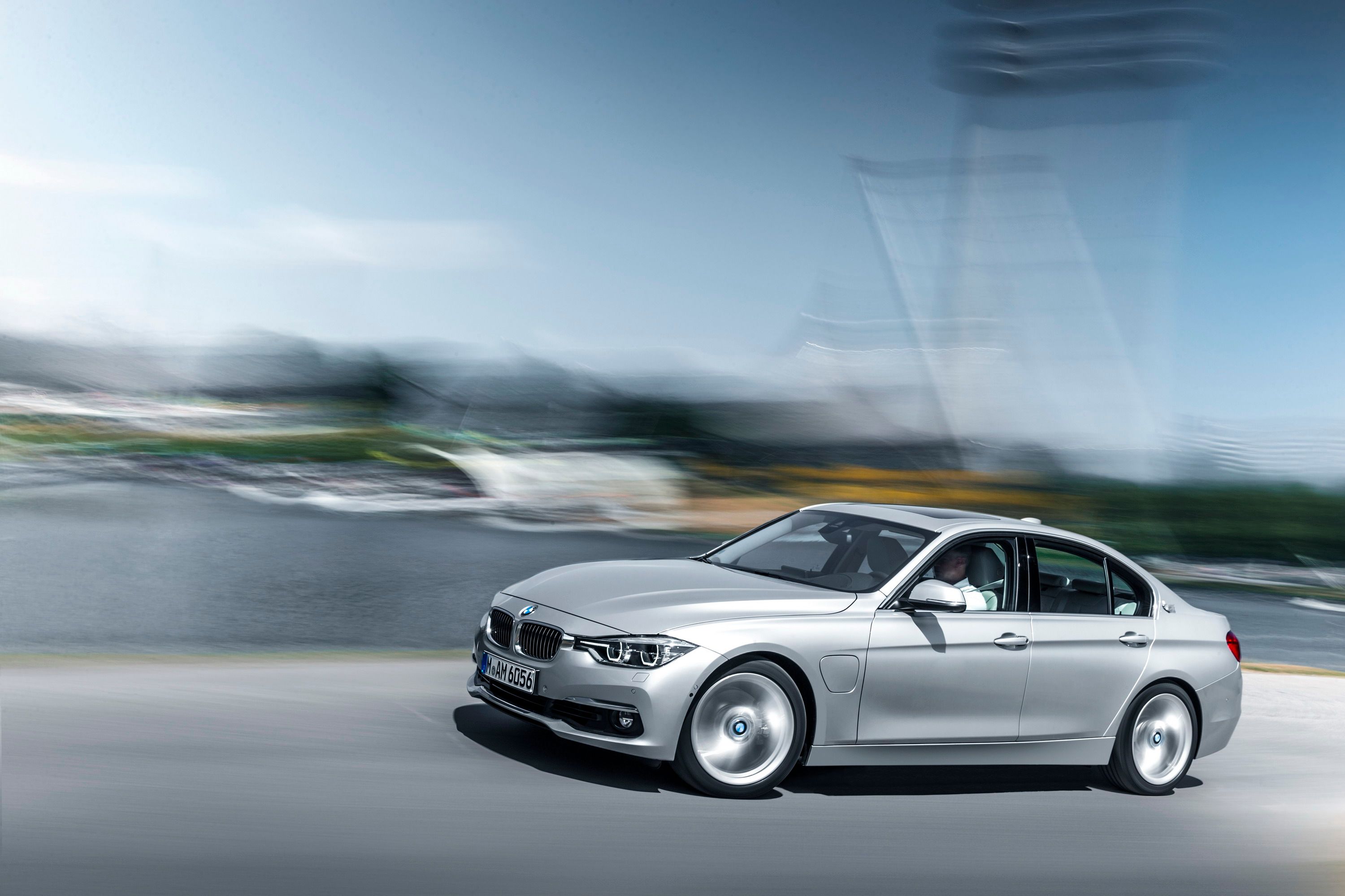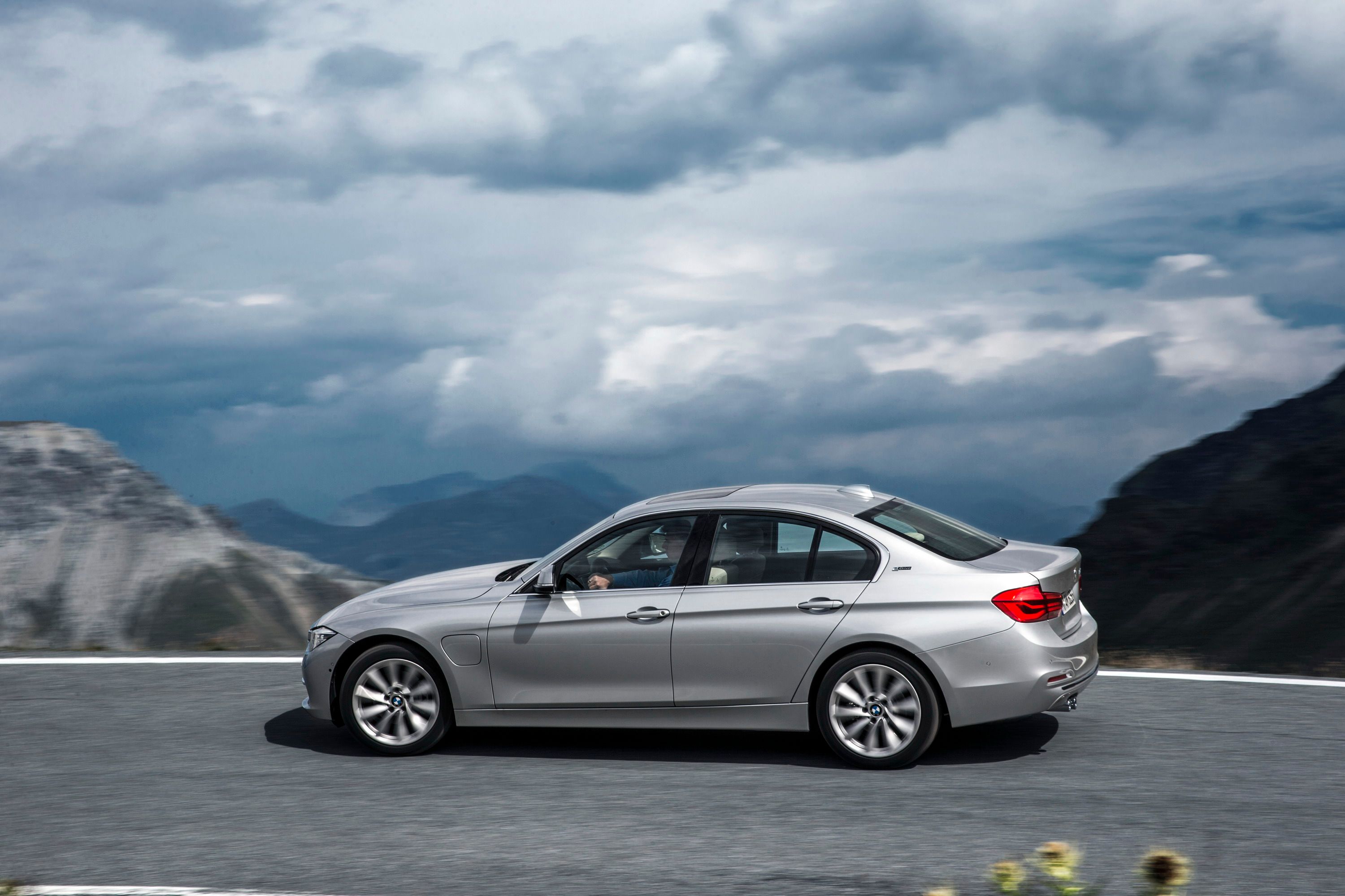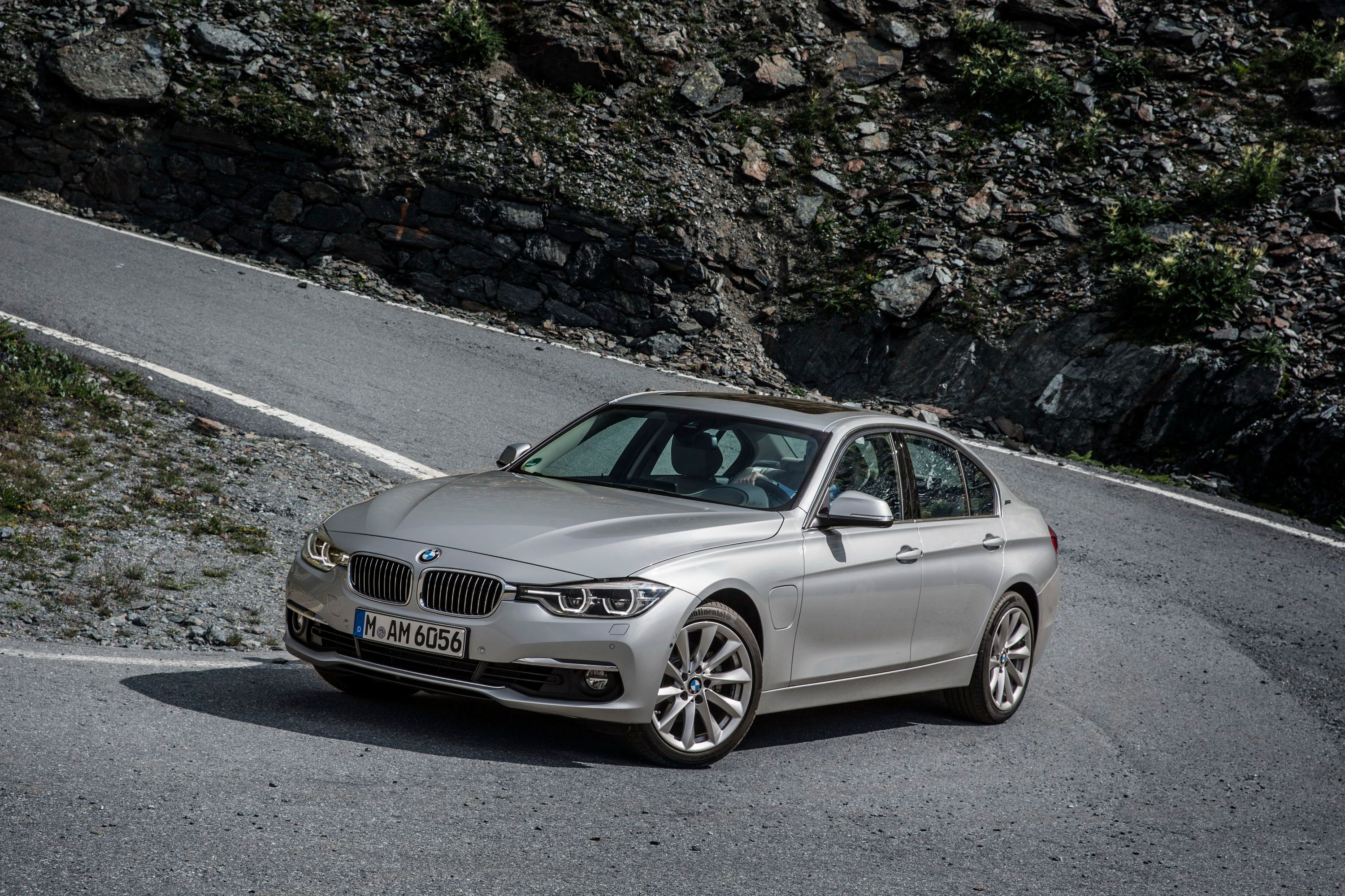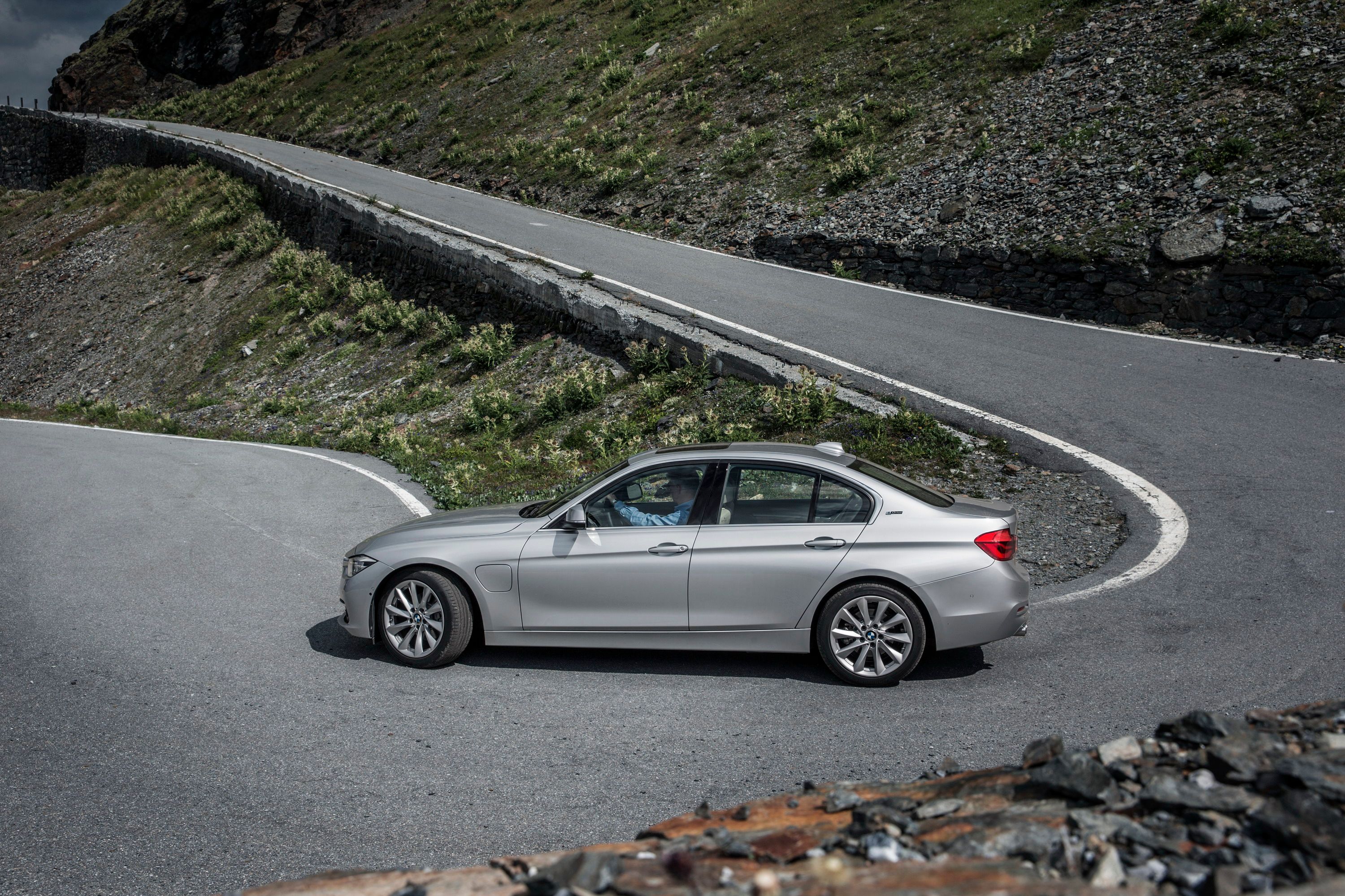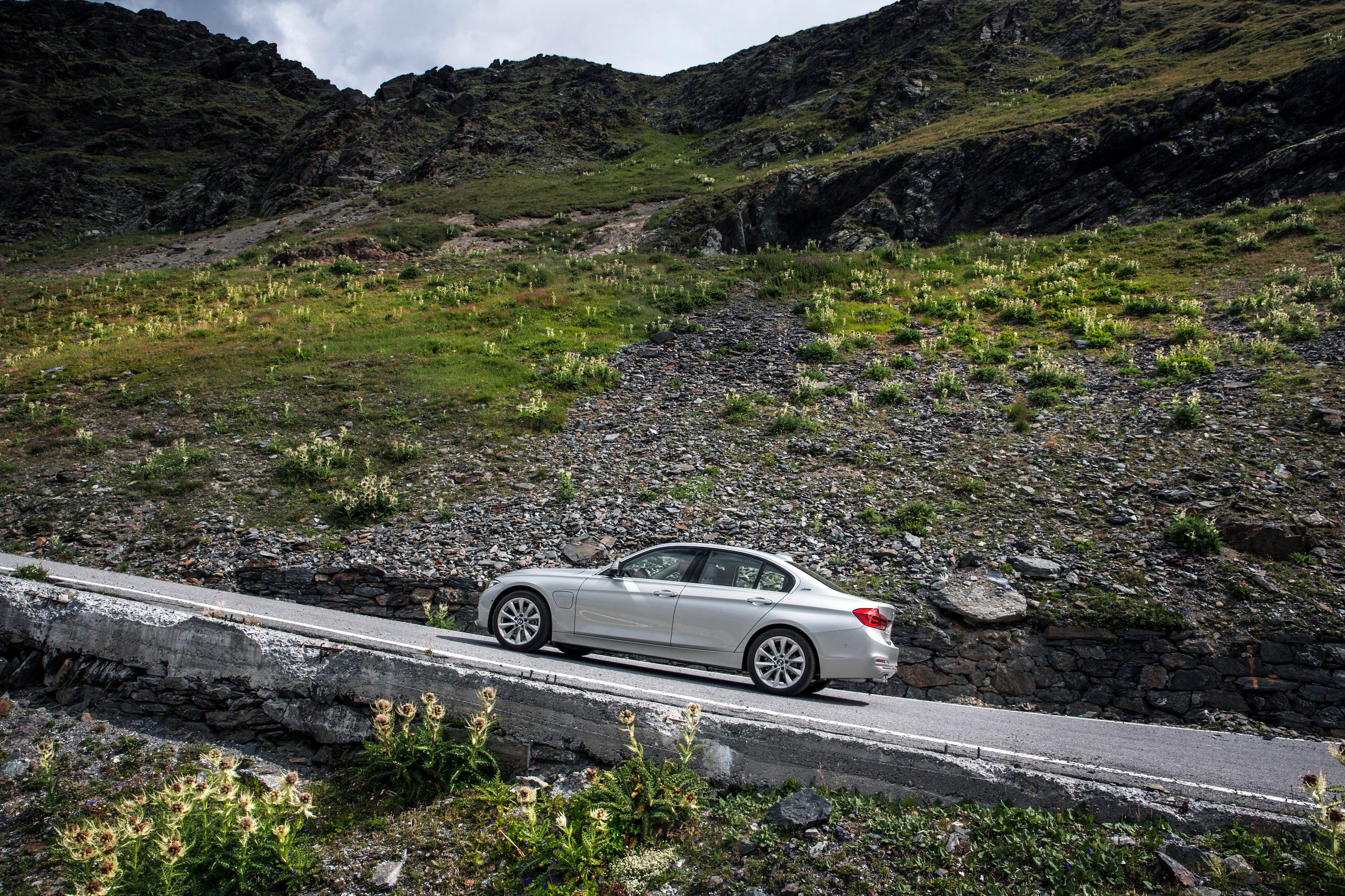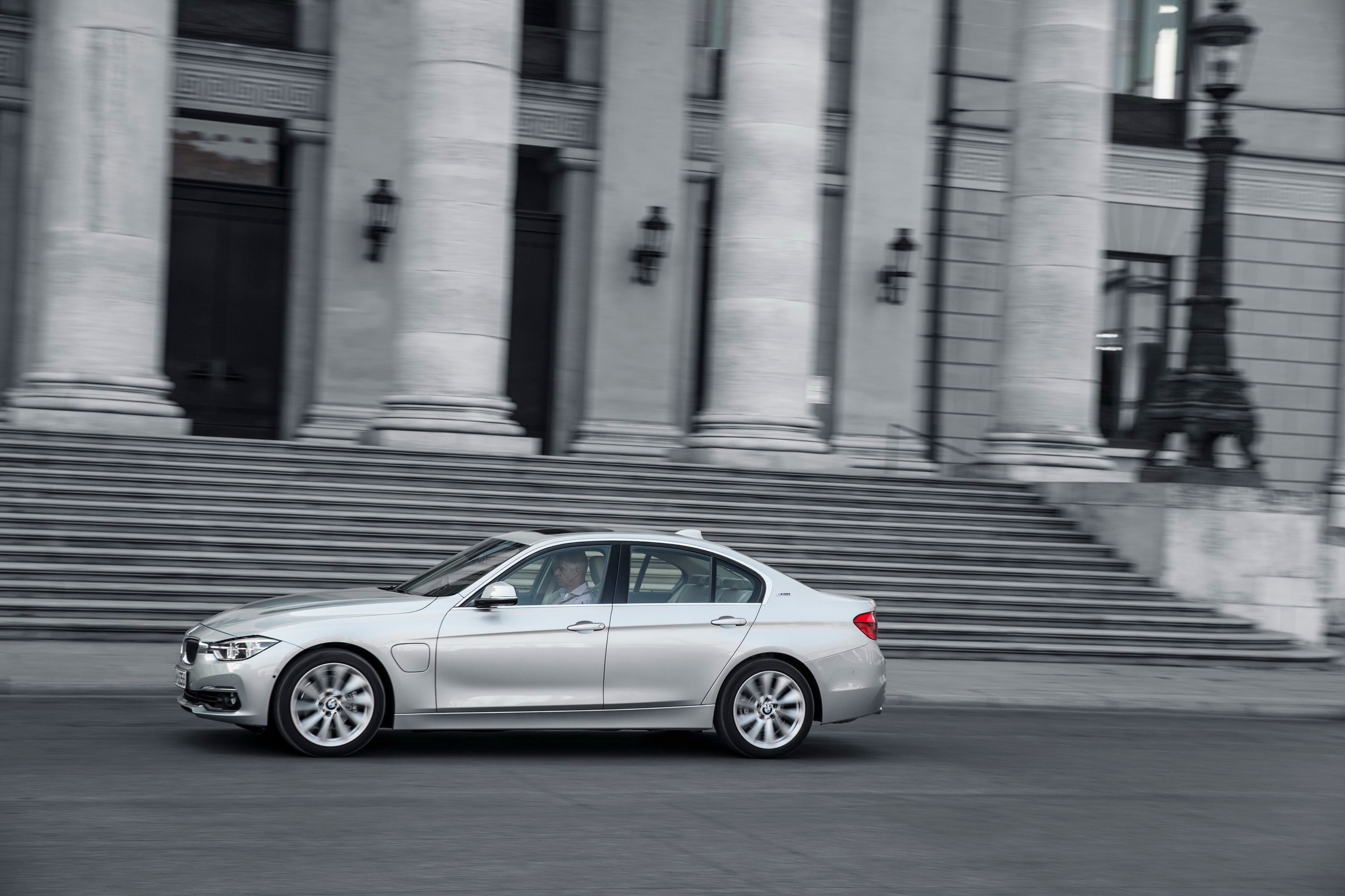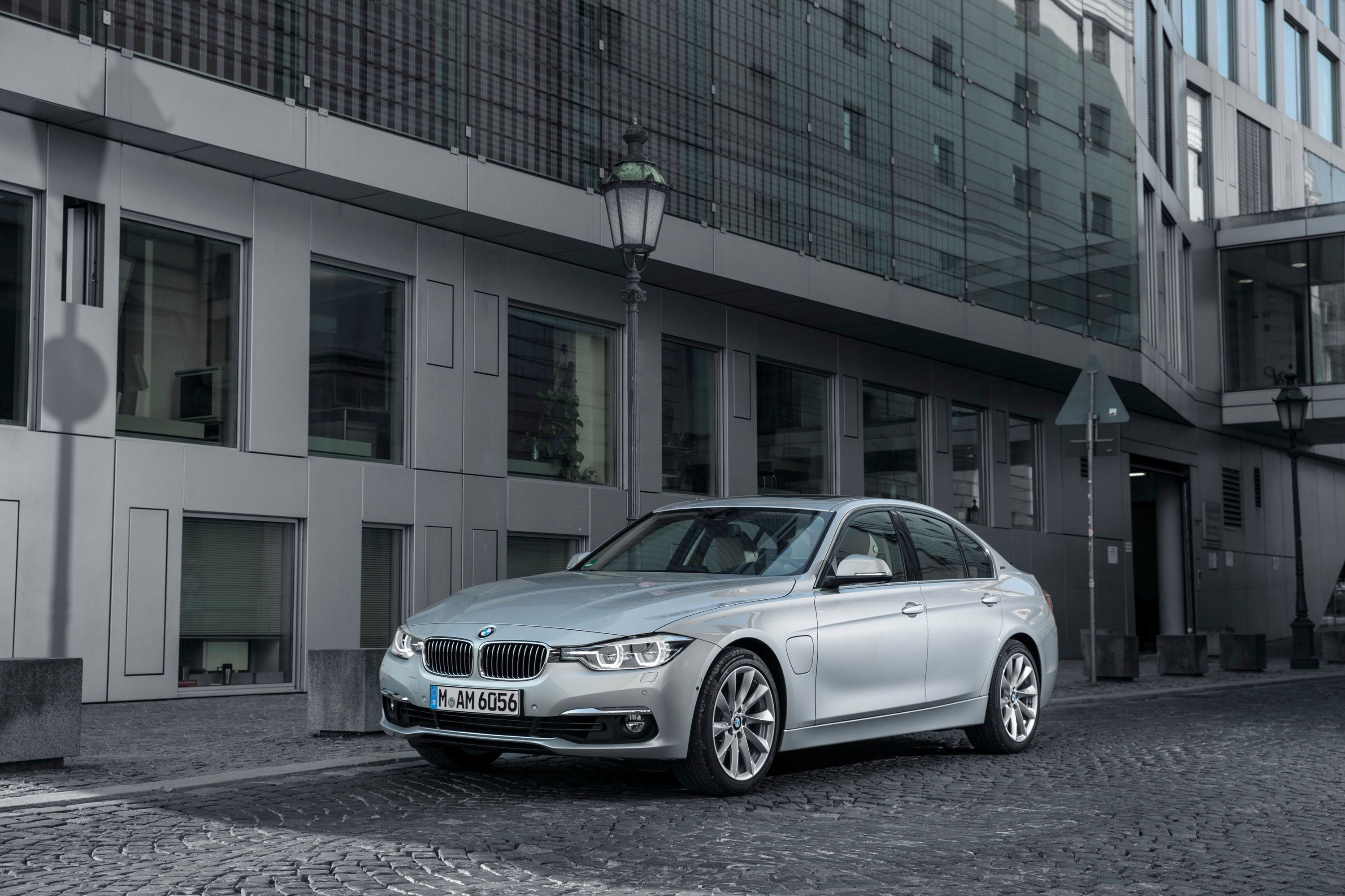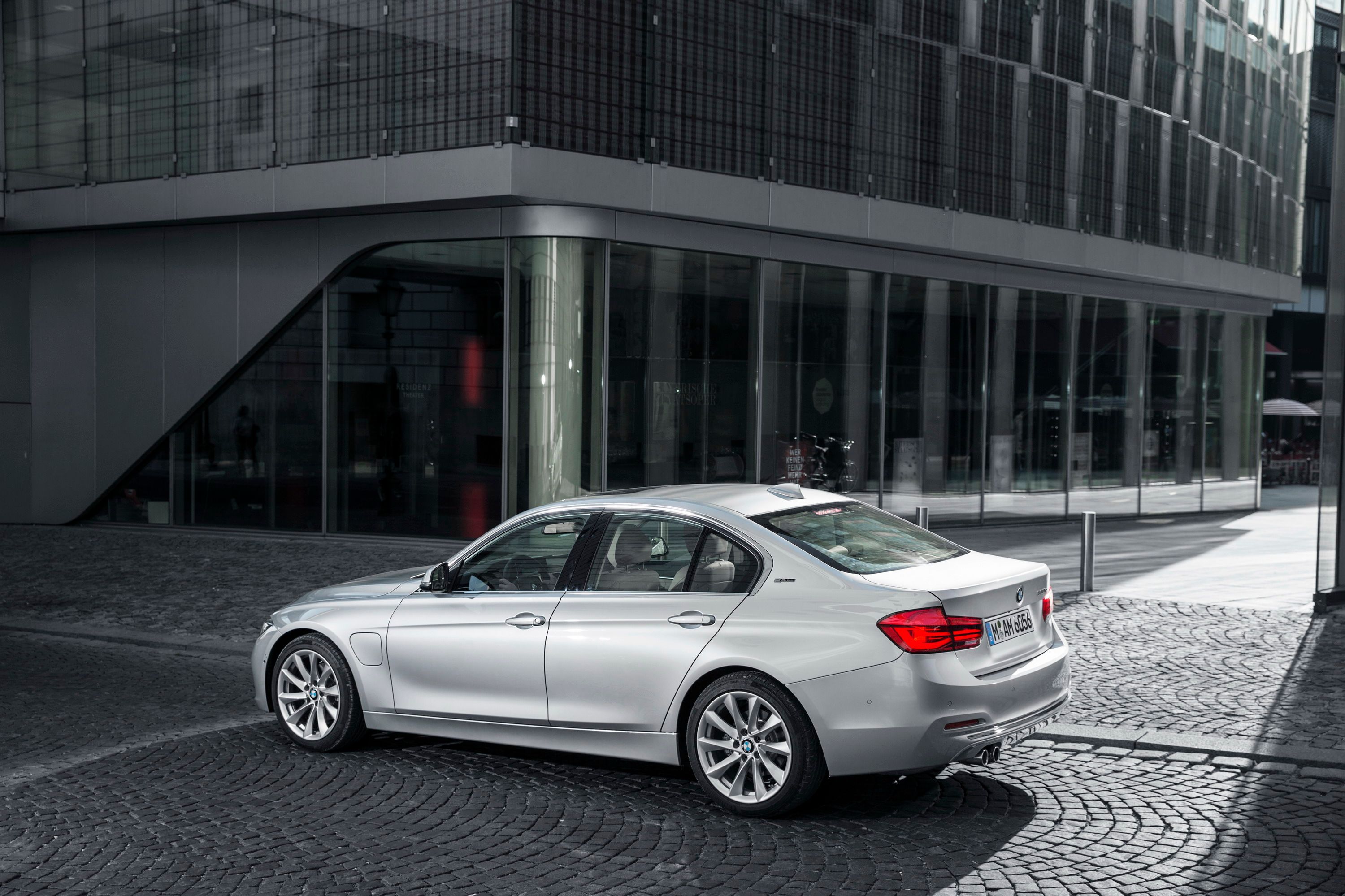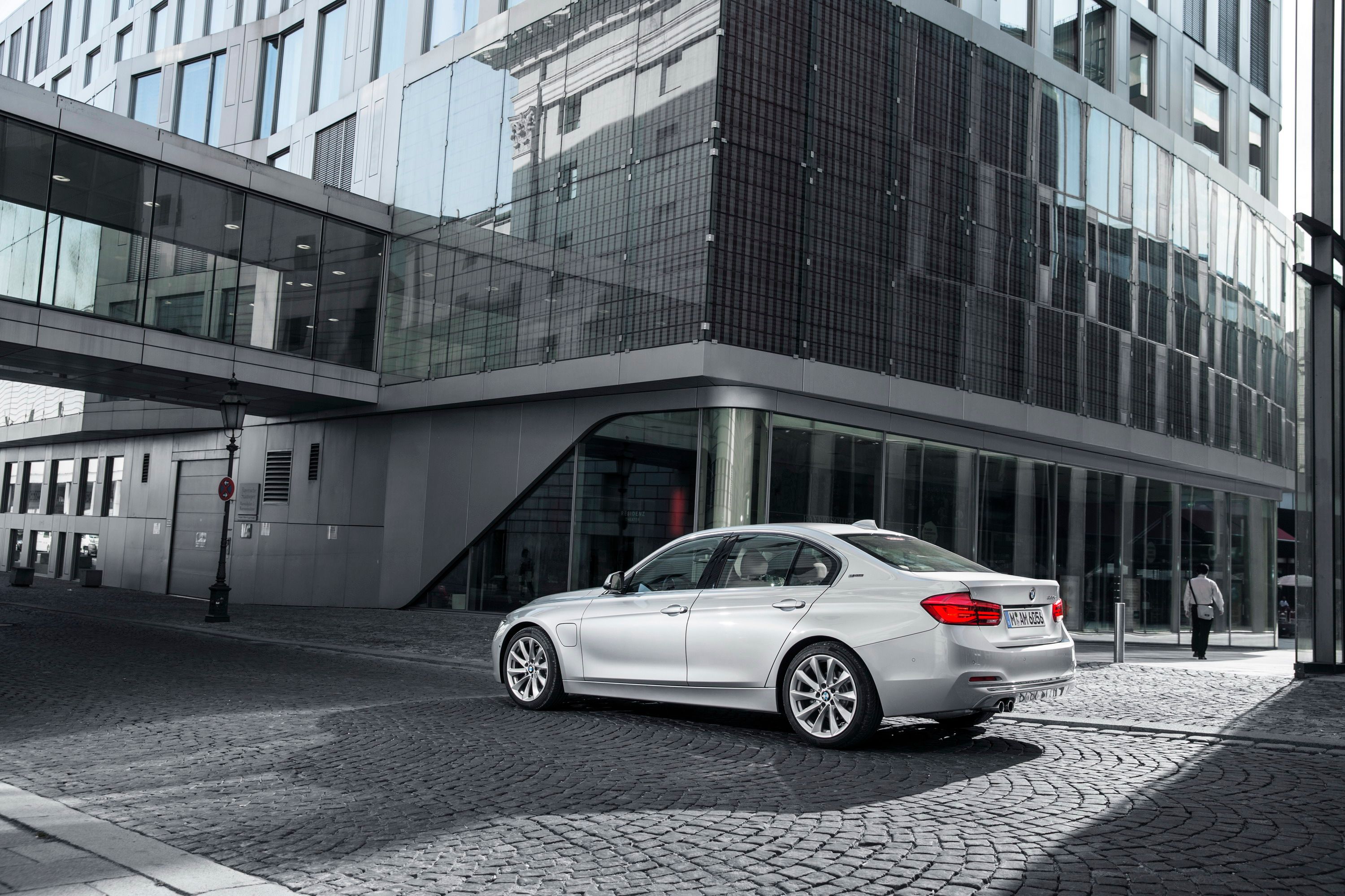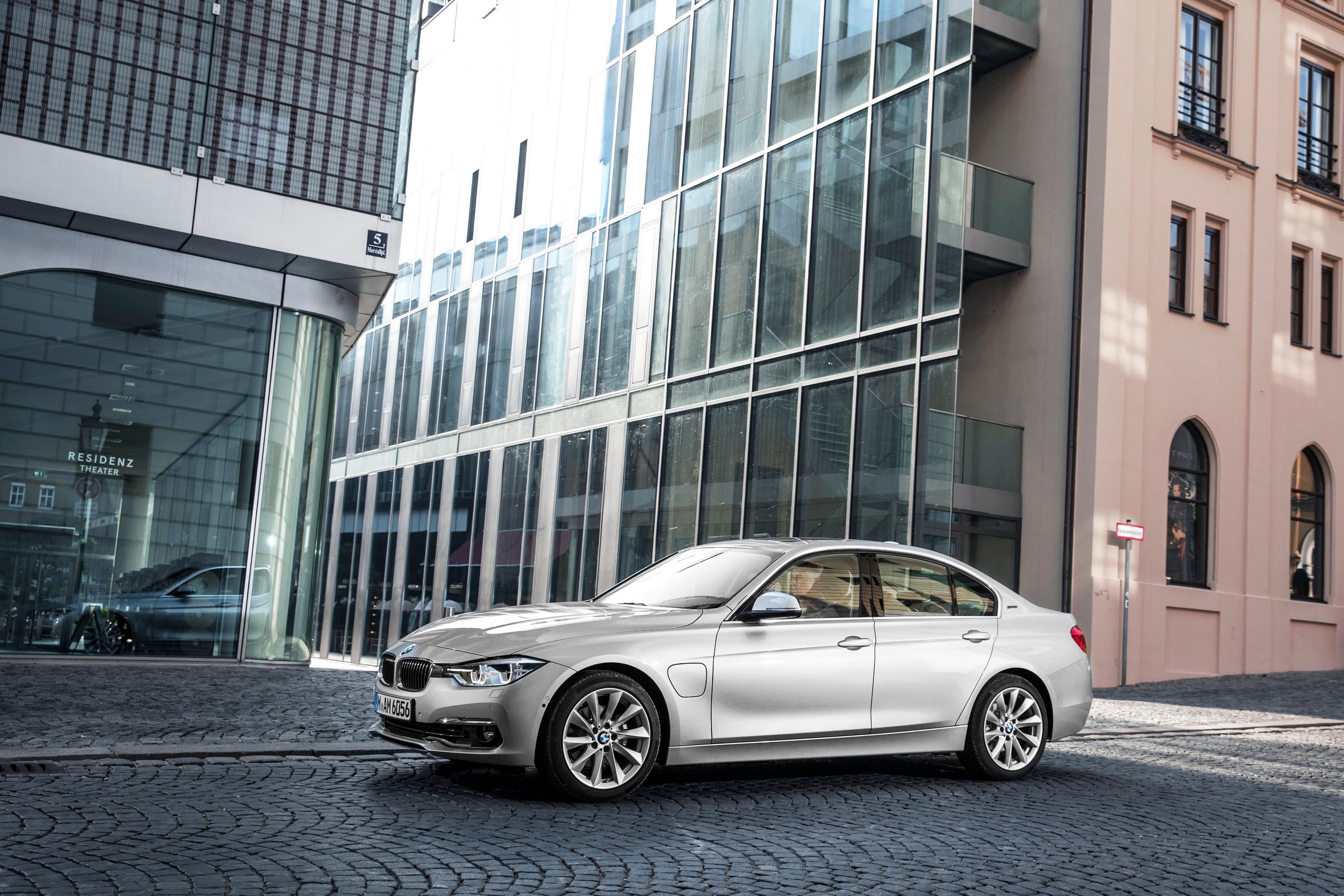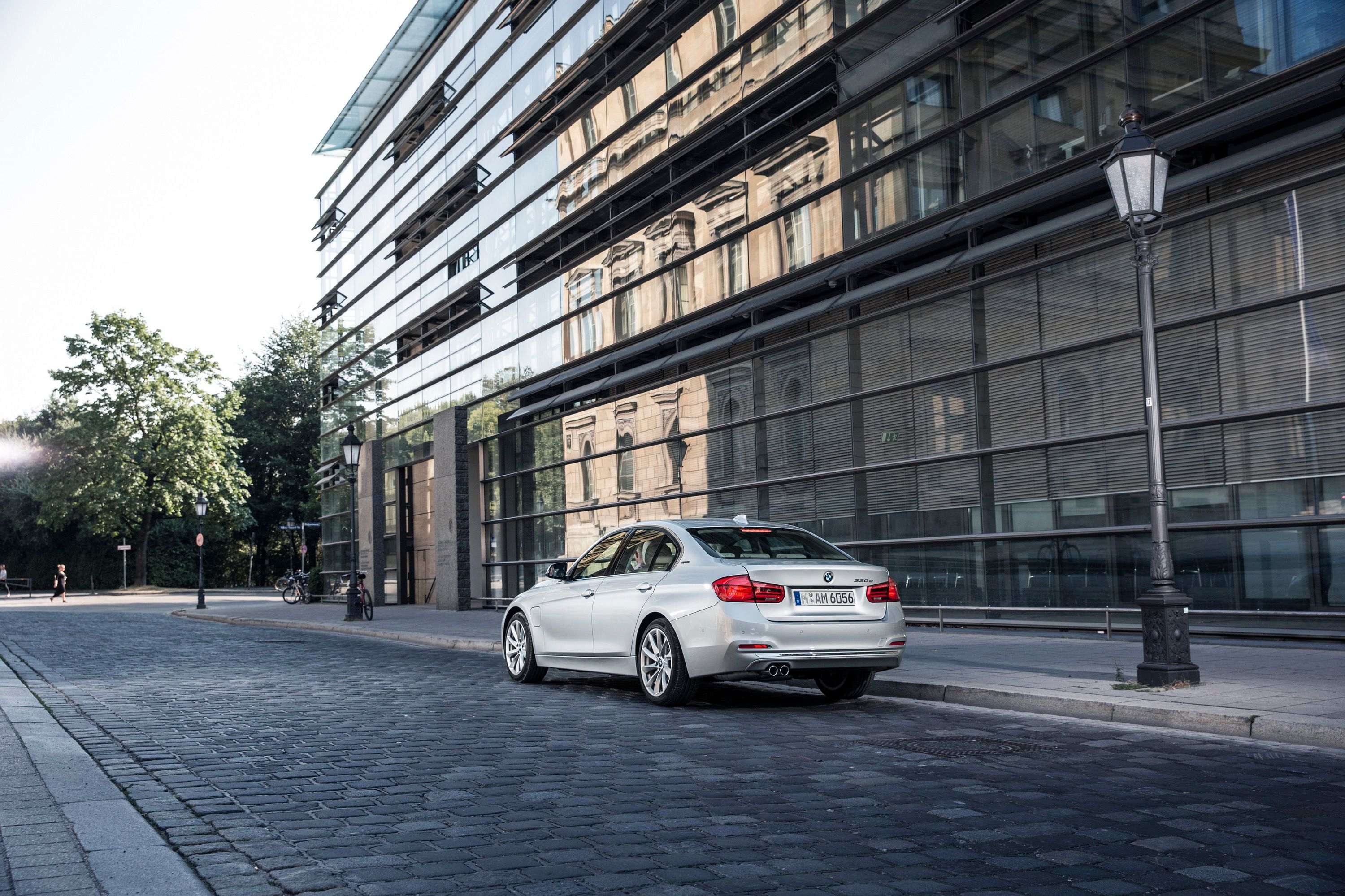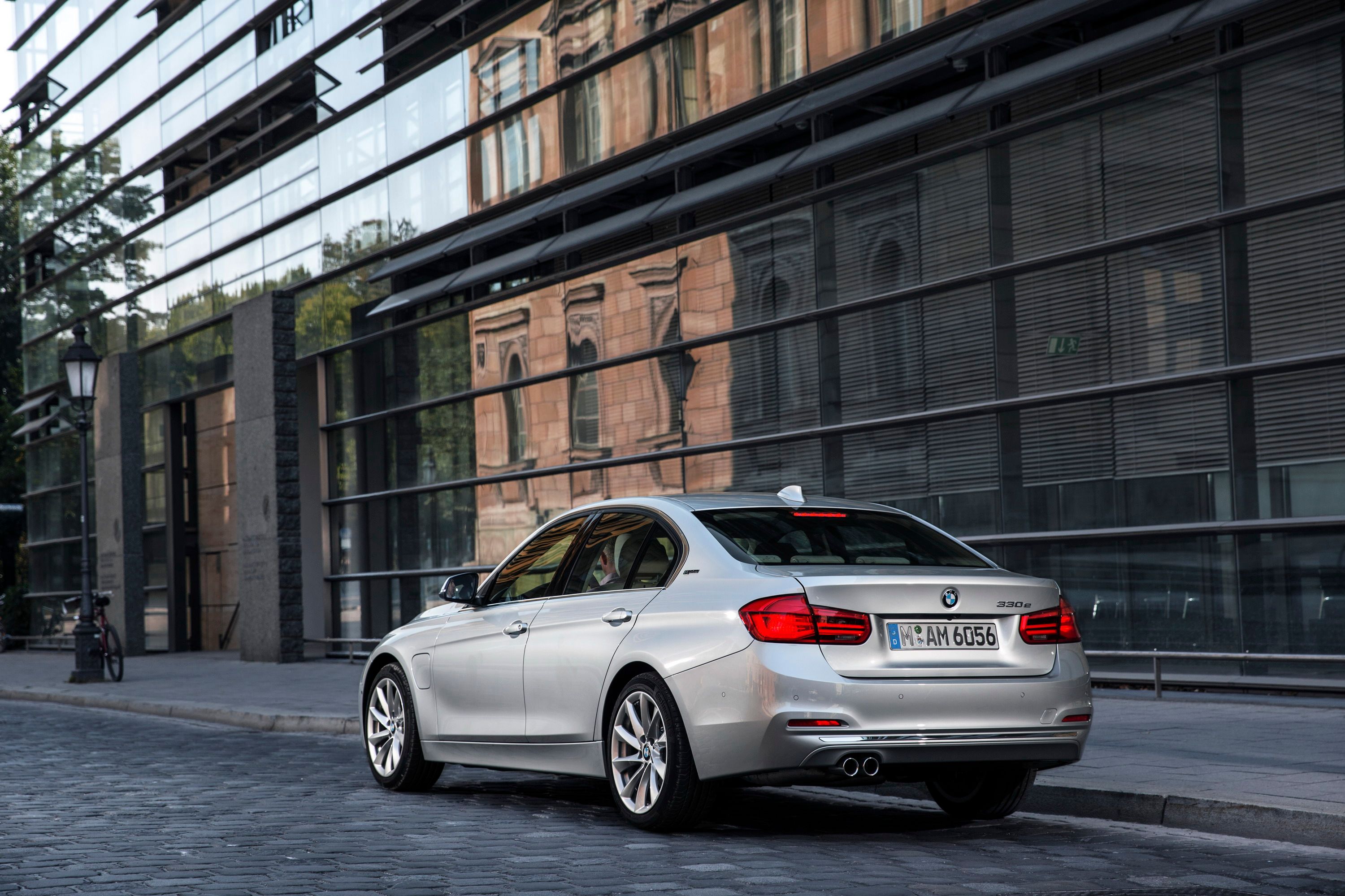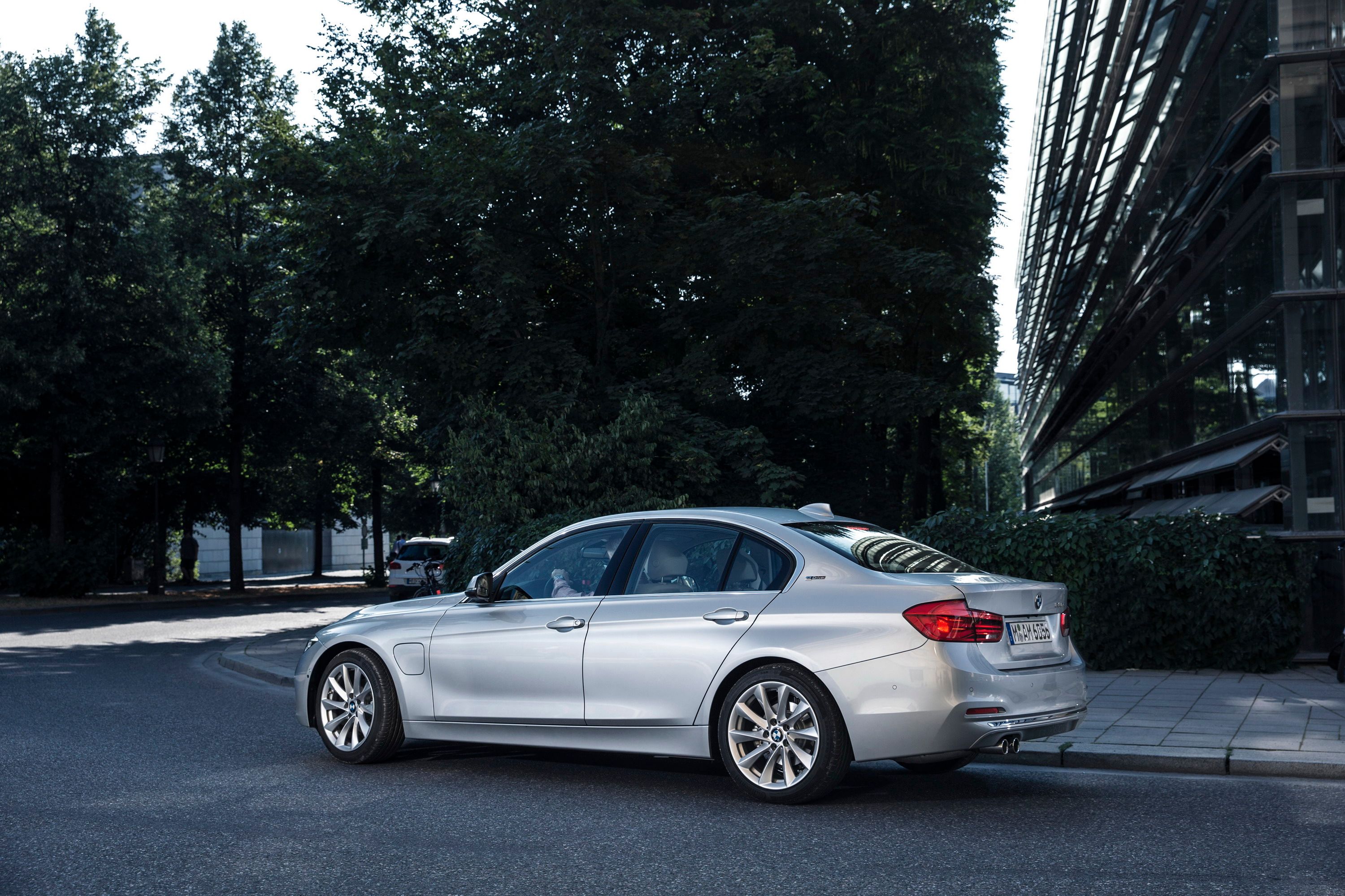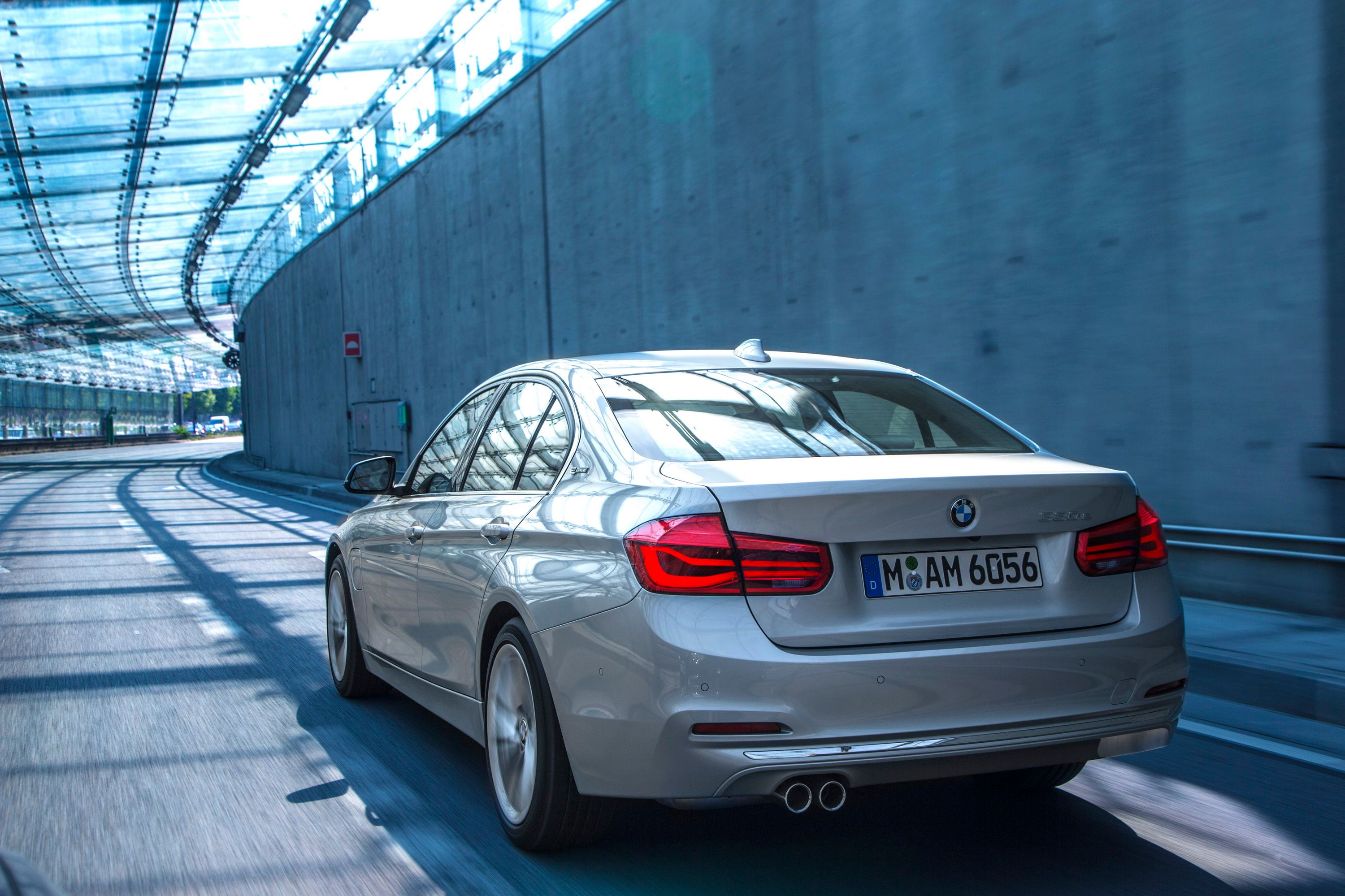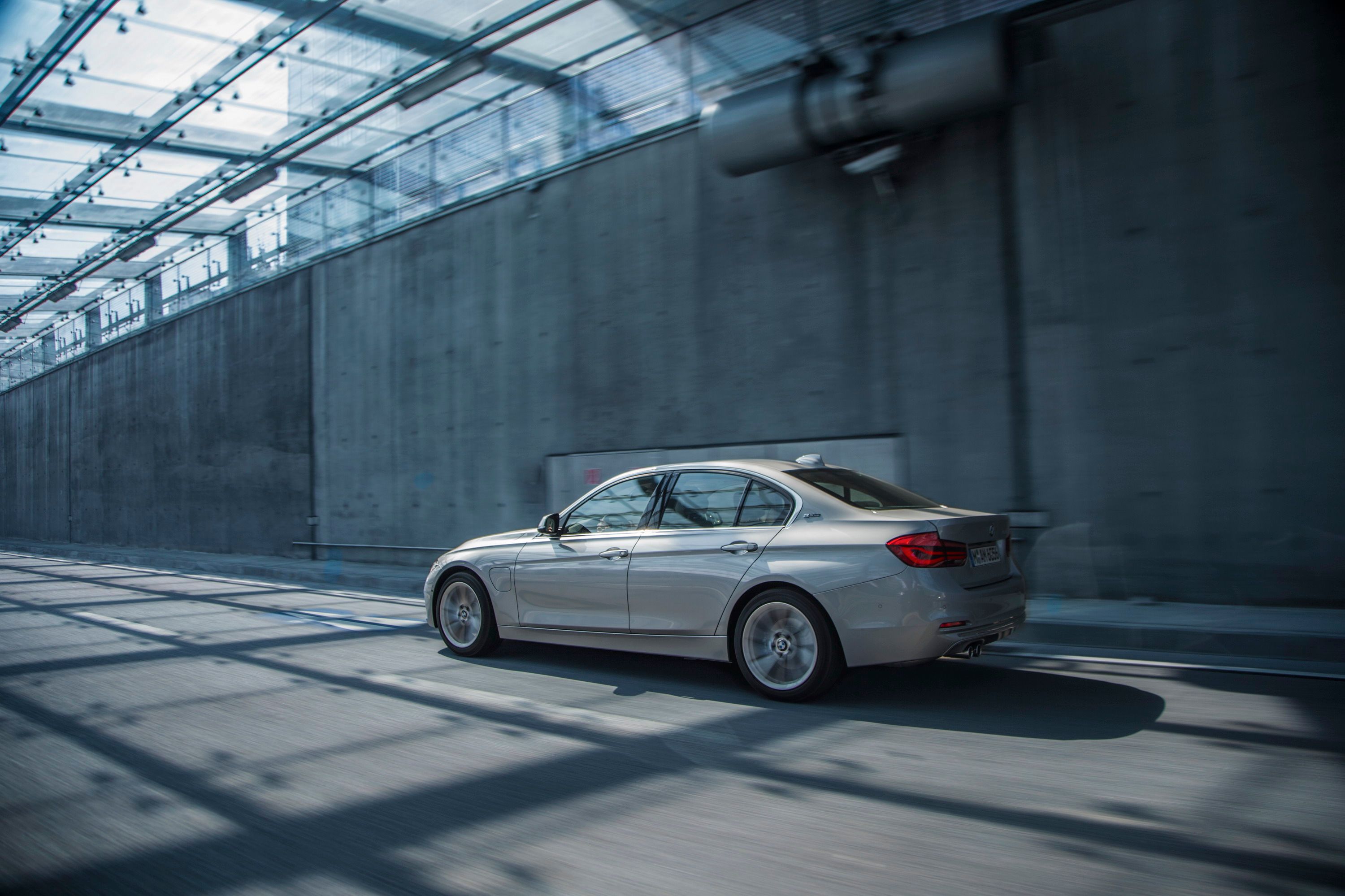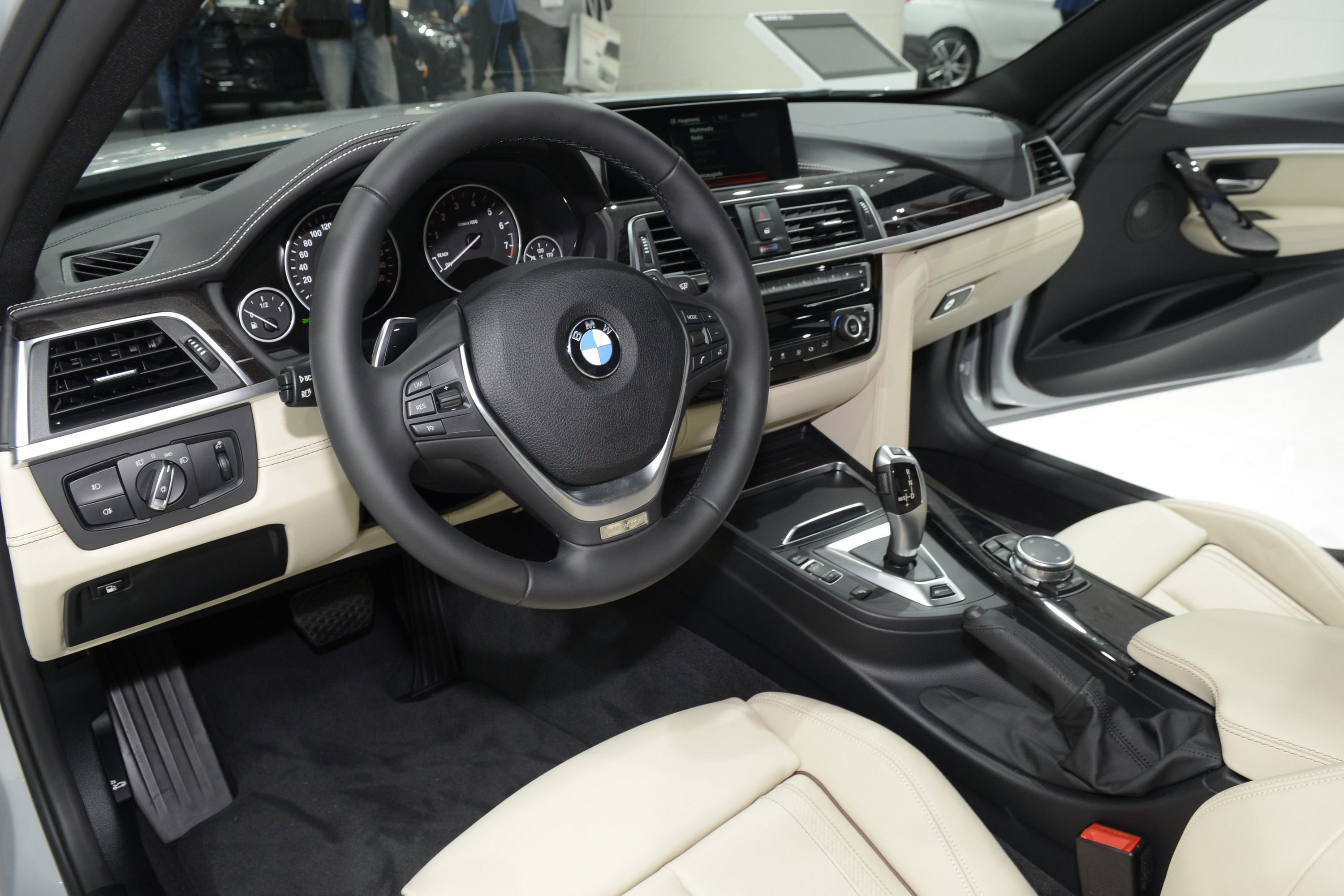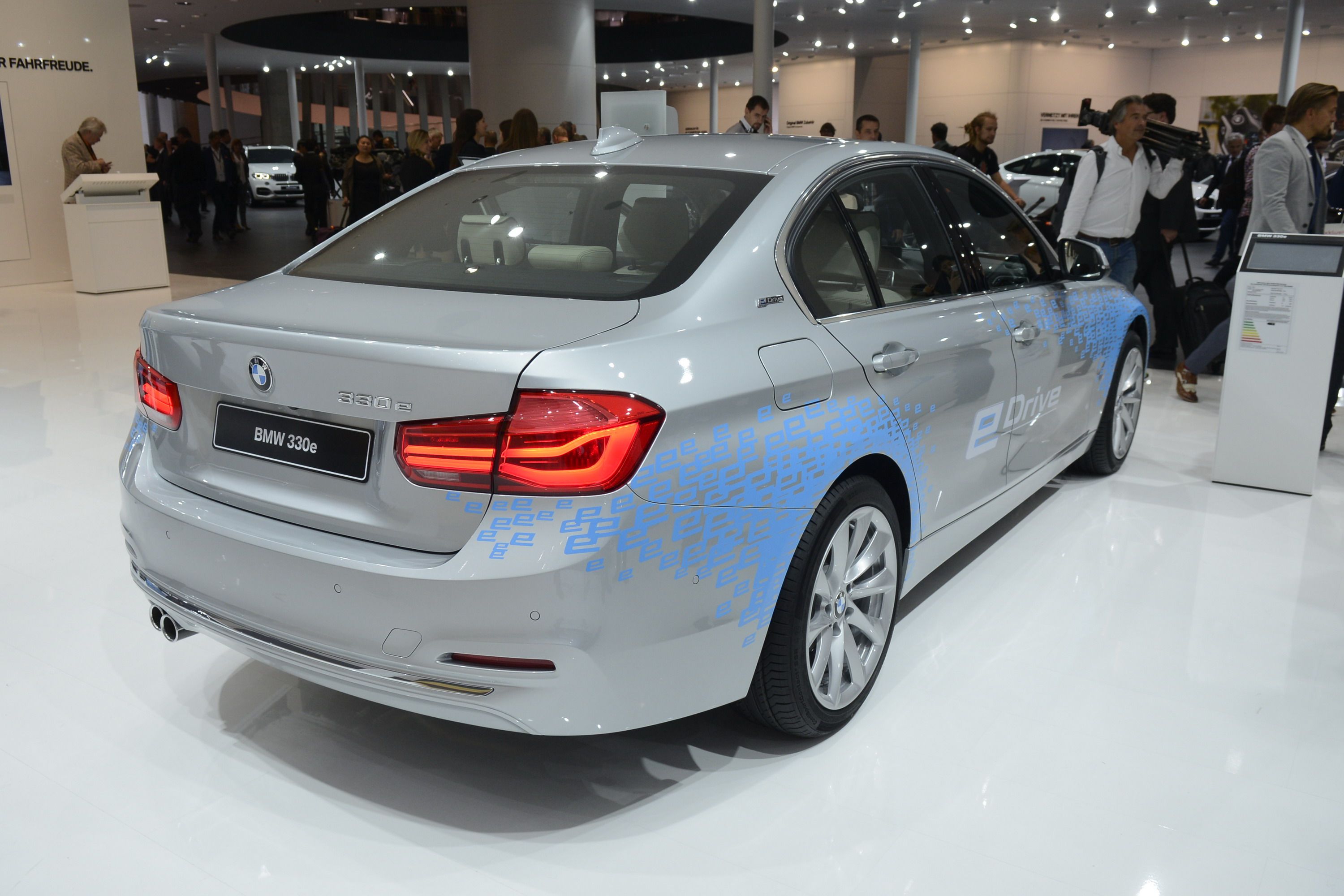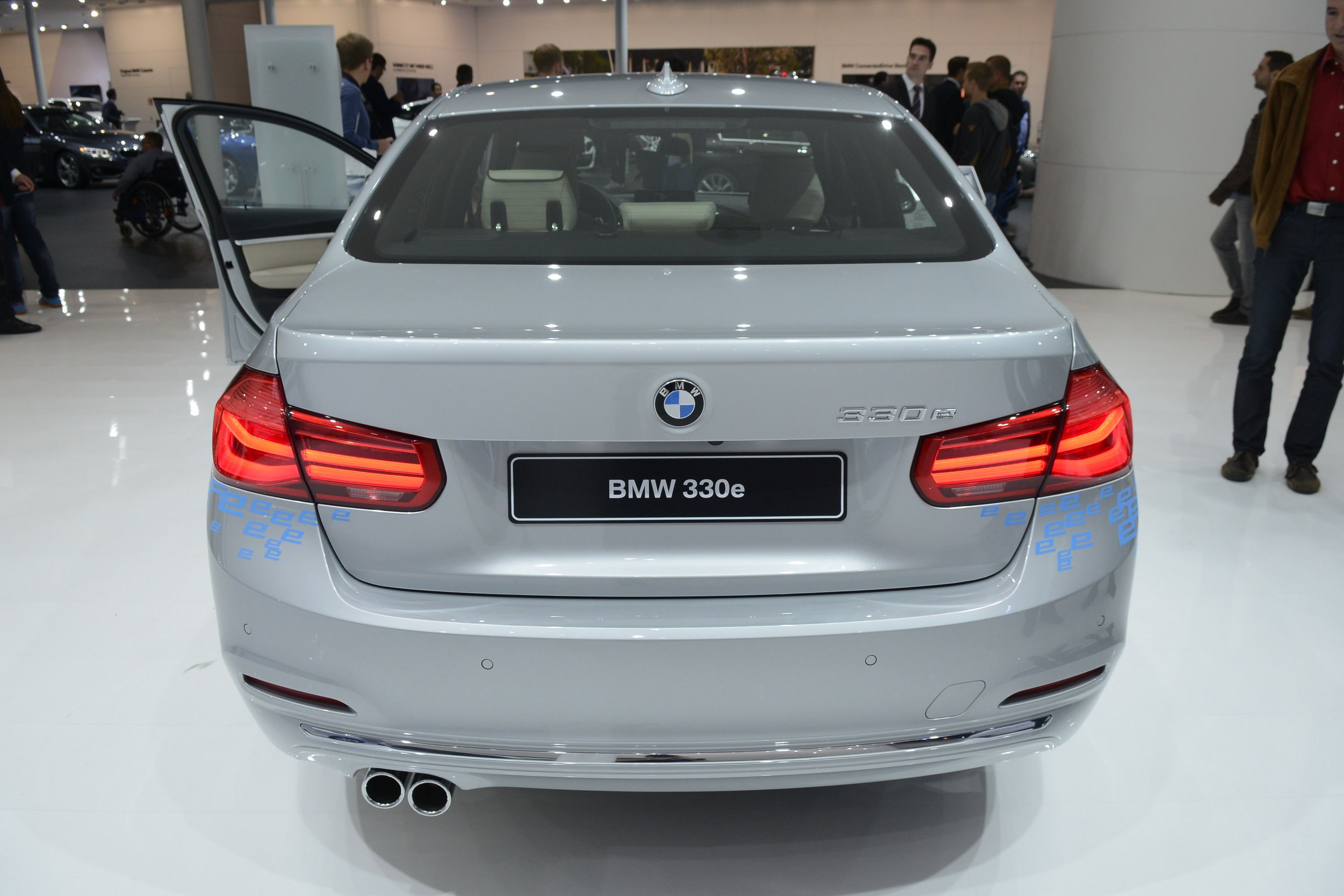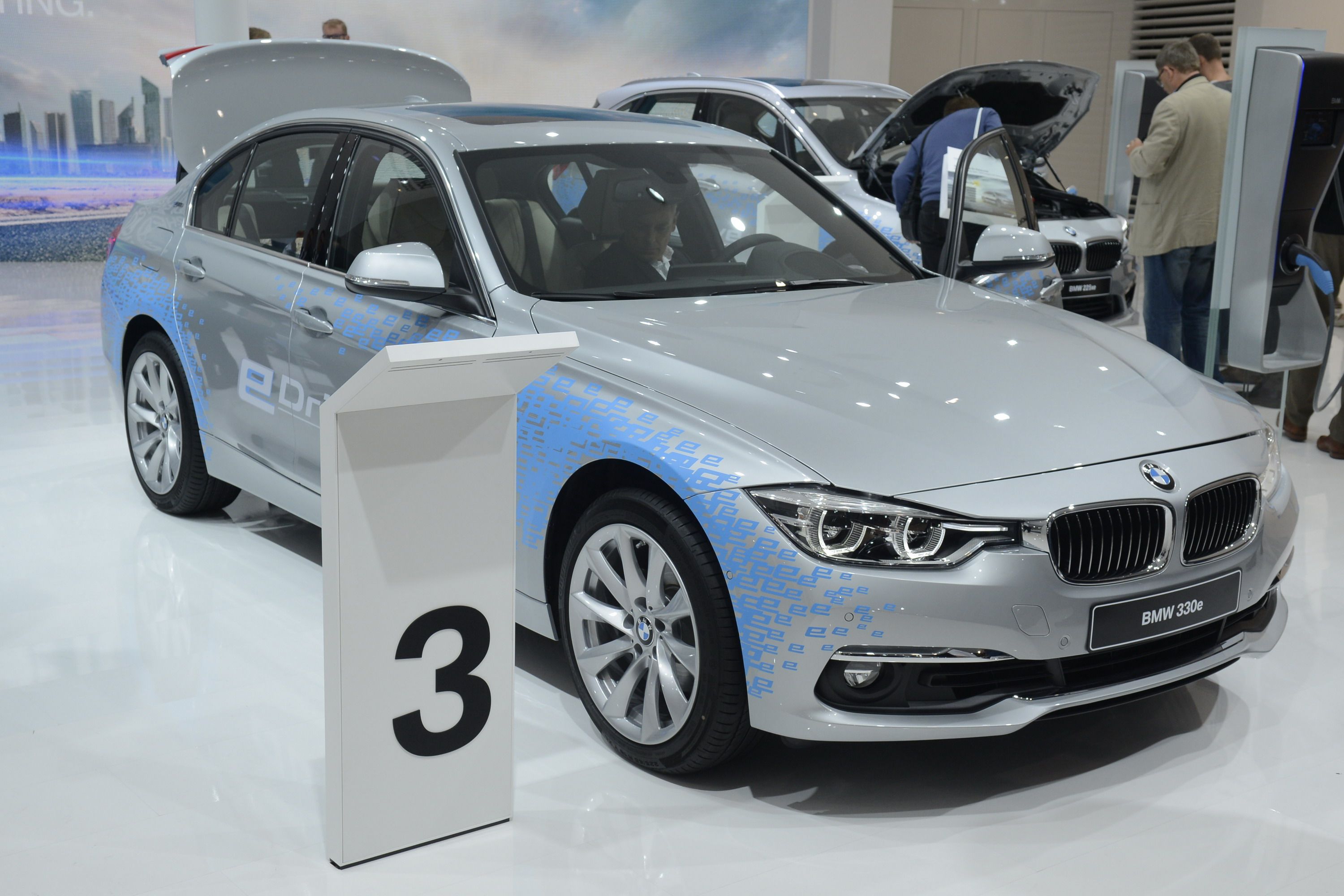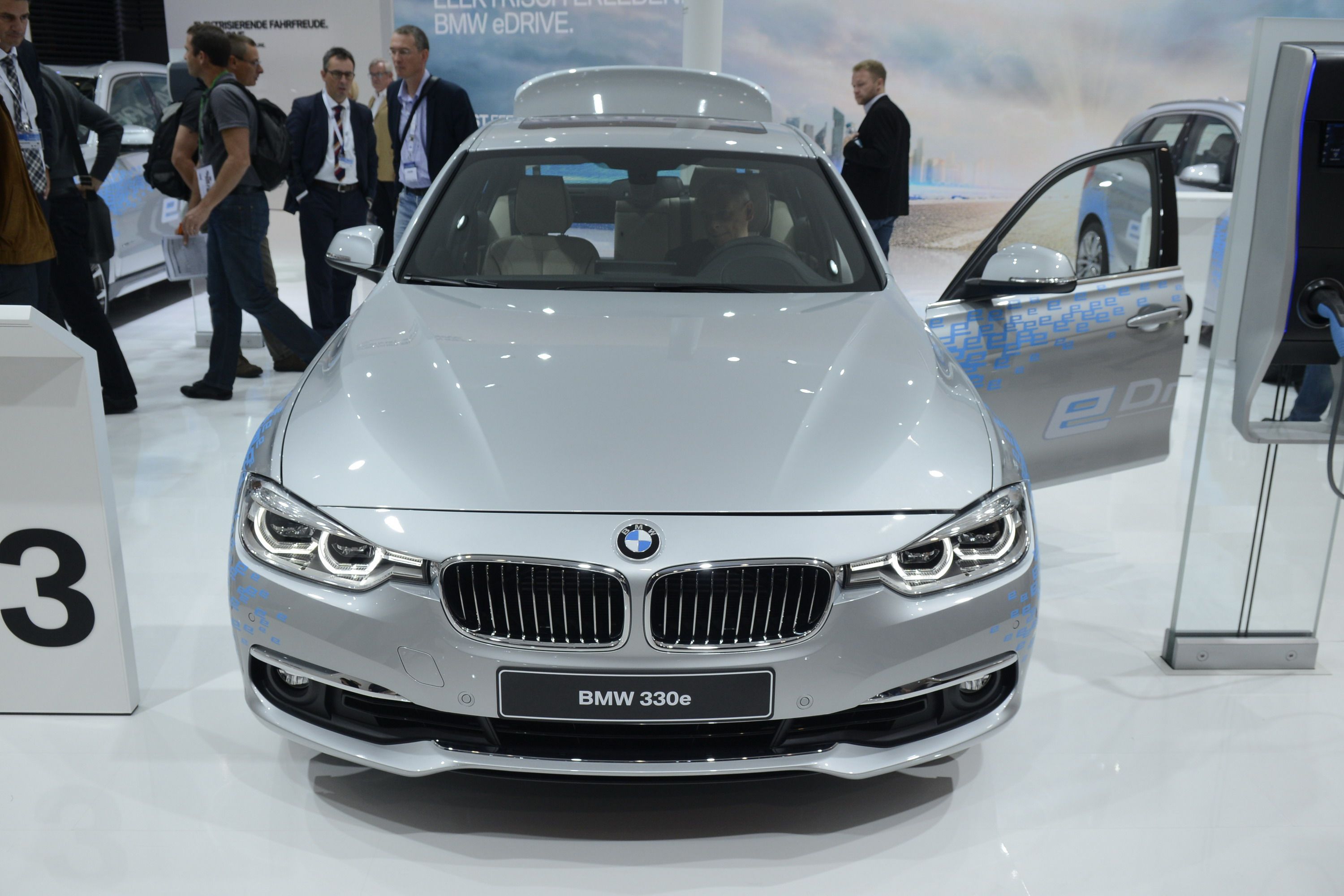Ever since it made its debut in 1975, the BMW 3 Series->ke290 has become the face of the Bavarian company’s automotive portfolio. Six generations and five body styles later, the 3 Series is still hitting its stride as BMW’s->ke178 best-selling model, accounting for almost 30 percent of the company’s annual automotive sales volume. The launch of the BMW 330e, the first hybrid model of the 3 Series family, is the latest variation of the popular line and one that BMW believes will be the next step in the 3 Series’ continued evolution.
The 330e isn’t BMW’s first venture into the world of hybrid vehicles. That distinction belongs to the 2015 BMW i8 and 2015 BMW i3. But the 330e does have a distinction of its own as the first Bimmer from an already existing line to get the hybrid treatment. BMW used technology developed for both the i8 and i3 to carve down this new road for the 3 Series, confident that the 330e will be able to pick up where the two “i” models left off and showcase the advancements the company has made in hybrid technology to a more mainstream audience.
Whether the 330e can accomplish that remains to be seen. But that's a topic for another time. The 300e will be unveiled at the Frankfurt Auto Show next week.
Continue reading to learn more about the 2016 BMW 330e Plug-In Hybrid.
bmw-330e-plug-in-hybrid
- Make: Array
- Model: bmw-330e-plug-in-hybrid
2016 BMW 330e Plug-In Hybrid
- Make: Array
- Model: 2016 BMW 330e Plug-In Hybrid
- Engine/Motor: inline-4
- Horsepower: 252
- Torque: 310
- Transmission: 8-speed Steptronic
- [do not use] Vehicle Model: Array
Exterior
The 330e gets the same mid-cycle facelift like the rest of the 2016 BMW 3 Series family. The changes itself are pretty subtle and you won’t notice anything different in the front other than the addition of the charging door in the front wing on the driver's side, just between the front wheel arch and the A-pillar.
The charging door is an integral part of the 330e so BMW used a sealing system on the flap that protects it from the elements. Inside, a corona ring was installed on the charging socket to show the change in colors that indicate the battery's charging status. A flashing blue ring, for instance, indicates that the battery's still charging while a solid blue ring means that the charging is paused. Meanwhile, a flashing yellow ring means that some kind of systems check is currently taking place, while a flashing red ring means that the charging system is inactive. Once the charge is complete, the ring emits a solid green light.
Around back is where you’ll notice some of the more noticeable styling changes made for the 330e. The taillights may be the same, but there is a different rear bumper design and the integrated lights are shorter in length than the ones found on other 3 Series models. The placement of the exhausts are also different. Where other 3 Series models have both exhausts on opposite sides of the car, the 330e has them together on the left side.
Exterior Dimensions
|
Length |
4,633 MM (182.40 Inches) |
|
Width |
1,811 MM (71.29 Inches) |
|
Height |
1,429 MM (56.25 Inches) |
|
Wheelbase |
2,810 MM (110.62 Inches) |
|
Track, front/rear |
1,543/1,583 MM (60.74/62.32 Inches) |
|
Ground clearance |
140 MM (5.51 Inches) |
Interior
It’s the same story with the interior of the 330e. Give credit to BMW for addressing the 3 Series’ cabin in its mid-cycle facelift and giving it a more refined and premium look that fits into the status of the series. The only difference of note on the 330e is the handful of toggles and switches used in connection with the hybrid drivetrain. These include the Driving Experience Control switch and the eDrive switch, both of which can be found on the center console.
Outside of the slightly reconfigured center console, the rest of the cabin is standard 3-Series, which is to say that it’s awash in fine leather and has enough space to comfortably fit five adults, thanks in part to its 40/20/40 rear seat split. Even with the comfortable seating space in the cabin, the 330e still has at least 13 cubic feet of cargo space available.
Drivetrain
At the heart of the BMW 330e is a hybrid powertrain that includes a 2.0-liter turbocharged four-cylinder engine that produces 181 horsepower and 214 pound-feet of torque and a plug-in hybrid drive system that generates 88 horsepower and 184 pound-feet of torque.
Put together, the 330e is capable of producing a total system output of 248 horsepower and 310 pound-feet of torque, all of which is sent to the two rear wheels courtesy of a standard eight-speed Steptronic transmission.
With just the battery, the 330e can reach speeds in excess of 75 mph, but with turbo-four engine, the sedan can sprint from 0 to 60 mph in 6.1 seconds to go with a top speed of 140 mph. Fuel economy has been rated at 112 to 124 mpg on the European cycle with range in everyday driving conditions at 373 miles.
On its own, the lithium-ion battery carries a total capacity of 7.6 kWh, allowing the 330e to run exclusively on the battery’s power for around 25 miles. Once power on the battery runs out, owners can charge it either through a traditional power socket or a BMW i Wallbox.
Charging a dried up battery through a power socket usually takes up to three hours and 15 minutes to get a full charge, whereas a BMW i Wallbox with a charging power of 3.7 kW only takes two hours and 15 minutes.
Drivetrain Specifications
|
Drive System |
|
|
Drive concept |
Full hybrid drive, permanent excited synchronous machine |
|
System output |
252 HP |
|
Combustion Engine |
|
|
Config/No of cyls/valves |
In-line/4/4 |
|
Engine technology |
BMW TwinPower Turbo technology: TwinScroll turbocharger, High Precision Injection, fully variable valve control VALVETRONIC, variable camshaft control Double-VANOS |
|
Capacity, effective cc |
1998 |
|
Stroke/bore mm |
94.6/82.0 |
|
Compression ratio :1 |
11.0 |
|
Max output |
184 HP @ 5,000–6,500 RPM |
|
Max torque |
214 LB-FT @ 1,350–4,250 RPM |
|
Electric Motor |
|
|
Motor technology |
BMW eDrive technology: synchronous electric motor integrated in 8-speed Steptronic, generator function for energy recuperation for the high-voltage battery |
|
Max output |
88 HP @ 2,500 RPM |
|
Max torque |
250 LB-FT @ 0–2,500 RPM |
|
Max output |
|
|
Max torque |
Lithium-ion/underfloor, under boot floor |
|
High-voltage Battery |
V 293 |
|
Storage technology/installation |
kWh 7.6 |
|
Voltage |
1.6 h at 3.7 kW (16 A/230 V) |
Safety
Just like the entire range of the 3 Series, the 330e was designed with the objective of minimizing the risk of accidents. The body itself is made from high-strength steel to provide maximum protection for the driver and his passengers. Large-volume support structures, including a number of deformation zones scattered throughout the body, help absorb forces caused by accidents and minimize any kind of damage to the cockpit.
BMW’s attention to safety on the 330e sedan was also done in so much as to ensure that the added plug-in hybrid system wouldn’t compromise the weight distribution on the car. The system itself was positioned under the trunk of the car and with the gasoline engine in the front, the 330e has a 50-50 weight distribution, ensuring that the car remains as balanced and as responsive to the driver as any other 3 Series model.
Prices
BMW has not yet announced pricing for the 330e. That said, I expect the 330e to be priced right near the top of the 3 Series range. The base price for the 3 Series starts at $33,150 for the 320i, going all the way up to the 340i xDrive with its $47,800 price tag. If I’m going to put a price tag on the 330e, I think it’s going to sell for about $43,000 to $47,000.
Competition
2016 Mercedes C 350e Plug-In Hybrid
The BMW 3 Series and the Mercedes-Benz C-Class->ke1593 have had a rivalry that has lasted generations. It’s no surprise that with the growing popularity of hybrid vehicles, both BMW and Mercedes are jumping in with their own respective models. For Mercedes, that model is the C 350 Plug-In Hybrid.
Just like the BMW 330e, the C 350 Plug-In Hybrid takes a huge chunk of its styling cues from the rest of the C-Class family. The only difference between the C 350 Plug-In Hybrid and its siblings is the presence of an electric socket cap on the rear-right corner of the car to go with some mild aerodynamic enhancements.
Mercedes->ke187 has yet to announce the official performance numbers of the 350e Plug-In Hybrid, but the company did say that the sedan will be powered by a 2.0-liter turbo-four engine that combines with an electric motor to produce 275 horsepower. That’s a little more than what the 330e has at its disposal, but the real battle in this regard will be on the Merc hybrid’s efficiency numbers, including battery range and fuel economy. On that end, Mercedes has not yet disclosed what the C 350e is fully capable of.
Pricing for the Merc C-Class hybrid is also unknown at this point. What I do know is that Merc only plans to sell the C350e Plug-In Hybrid in ZEV states for the time being. That includes California, Oregon, Maine, Vermont, New York, Massachusetts, Connecticut, New Jersey, and Maryland.
What sets the C 350e Plug-In Hybrid apart is that Mercedes plans to offer the model in both sedan->ke142 and wagon->ke143 versions. No word yet on whether BMW will do the same with the 330e.
Read our full review here.
Conclusion
I’m glad BMW finally decided to go the hybrid route on the 3-Series. It’s about time, too, since a lot of the competition, including Mercedes, have been preparing their own hybrid sedans. Now that the 330e is here, it’s going to be interesting how BMW managed to adopt the technologies it developed for the i Series and translate it into one of its most popular models.
The output isn’t where I thought it would be, but it’s not something that I’m going to complain about. Hybrid vehicles, especially in a segment like this, isn’t all about speed and power. It’s about channeling as much power as the car can have and balancing it with the benefits of having a plug-in hybrid system that can do a lot of the work in places where the turbo-four engine doesn’t have to.
It does look like BMW got that right. It remains to be seen if these fuel efficiency and mileage numbers are accurate, but if they are, the 330e might end up becoming the most popular variant of the 3 Series. That’s as much a testament to BMW’s hybrid technology as it is to the changing landscape of the auto industry.

